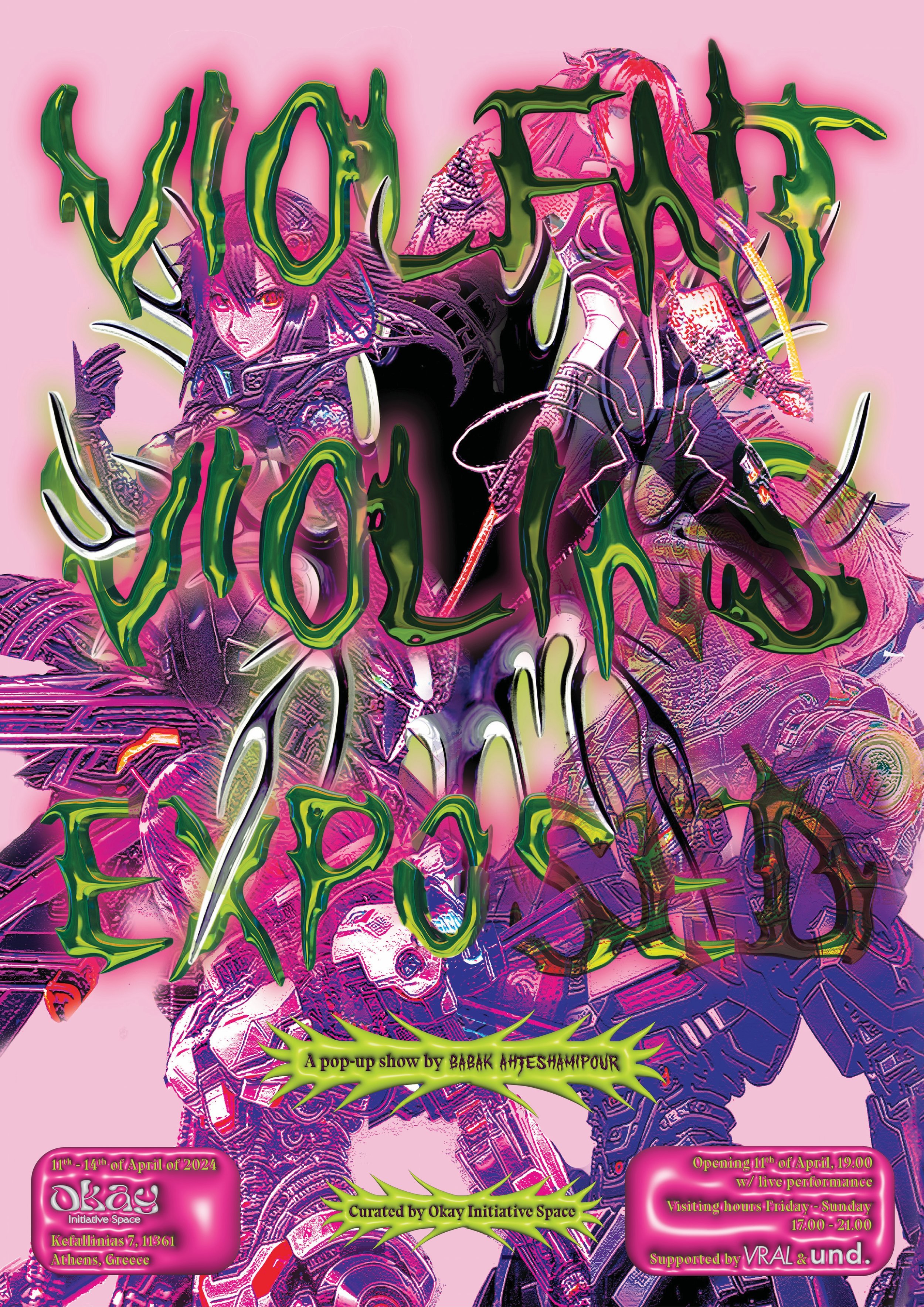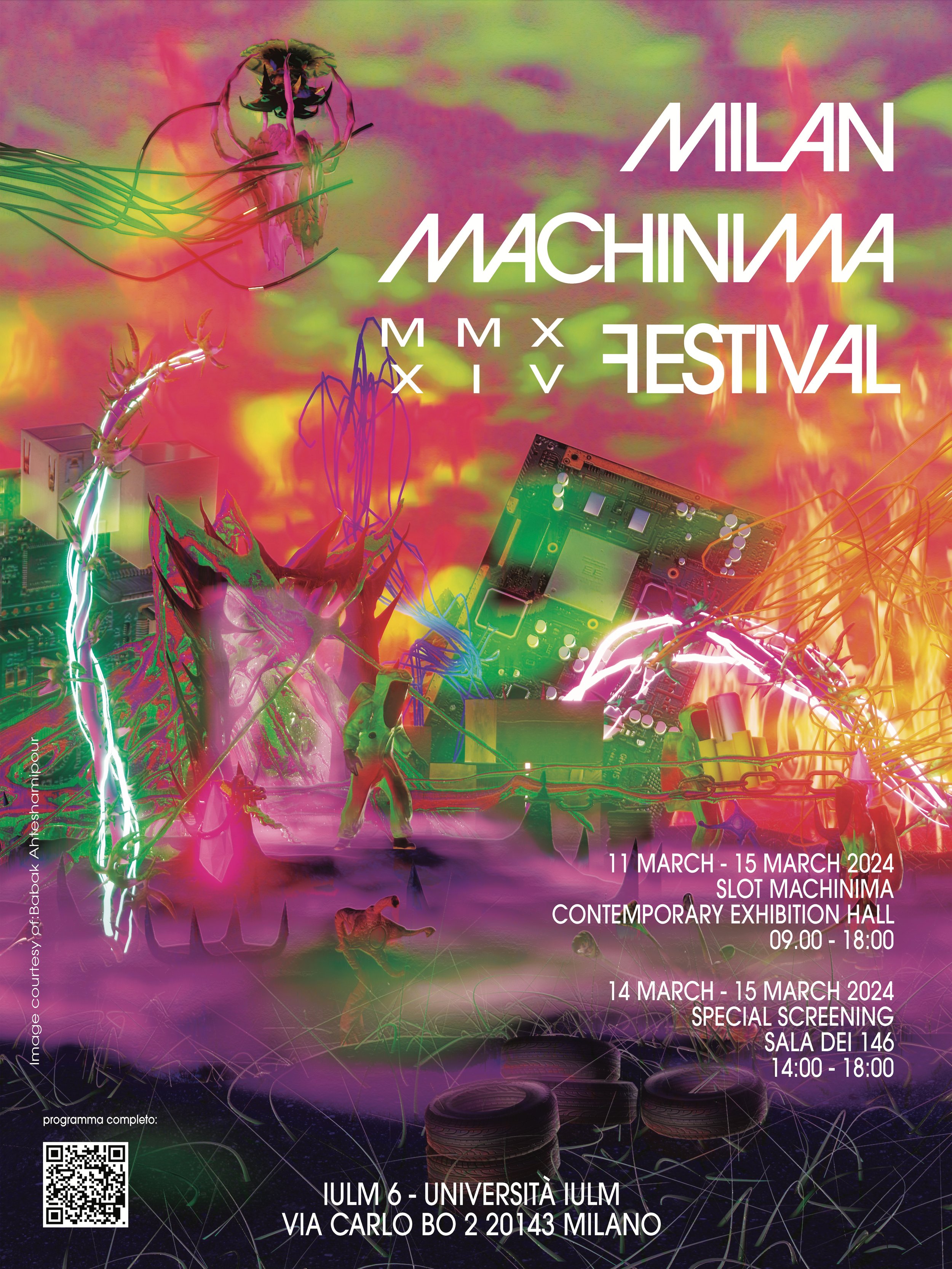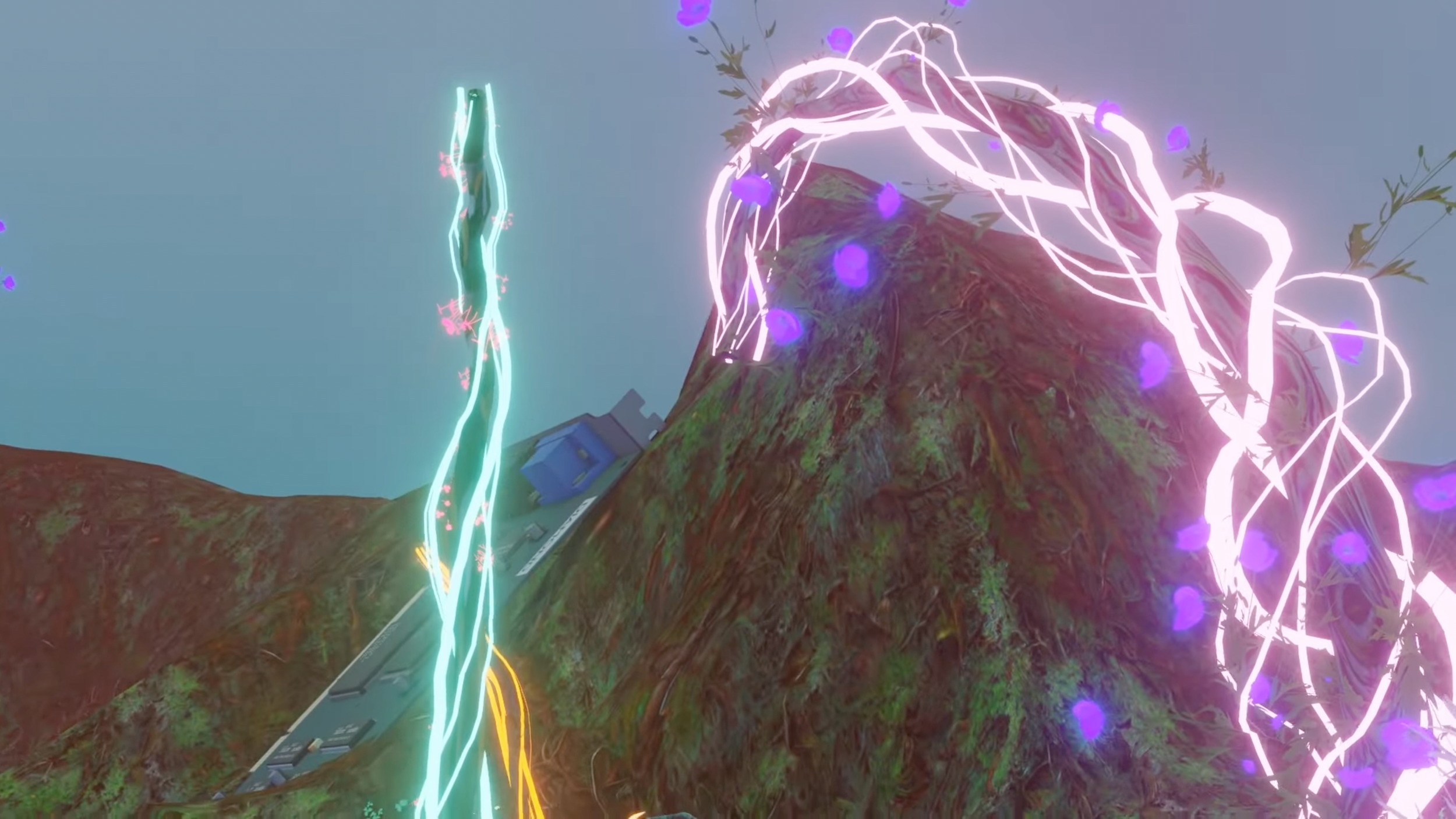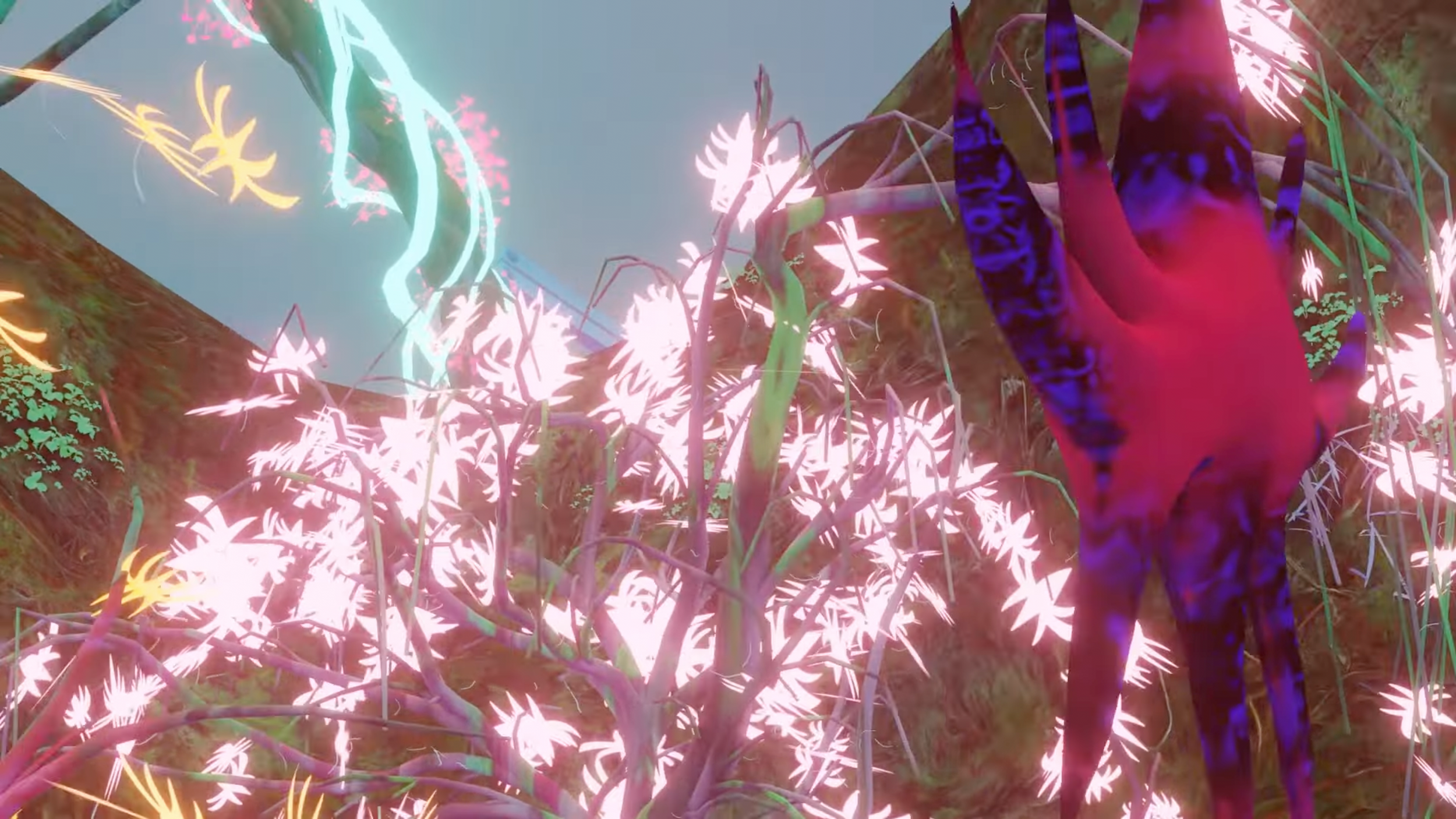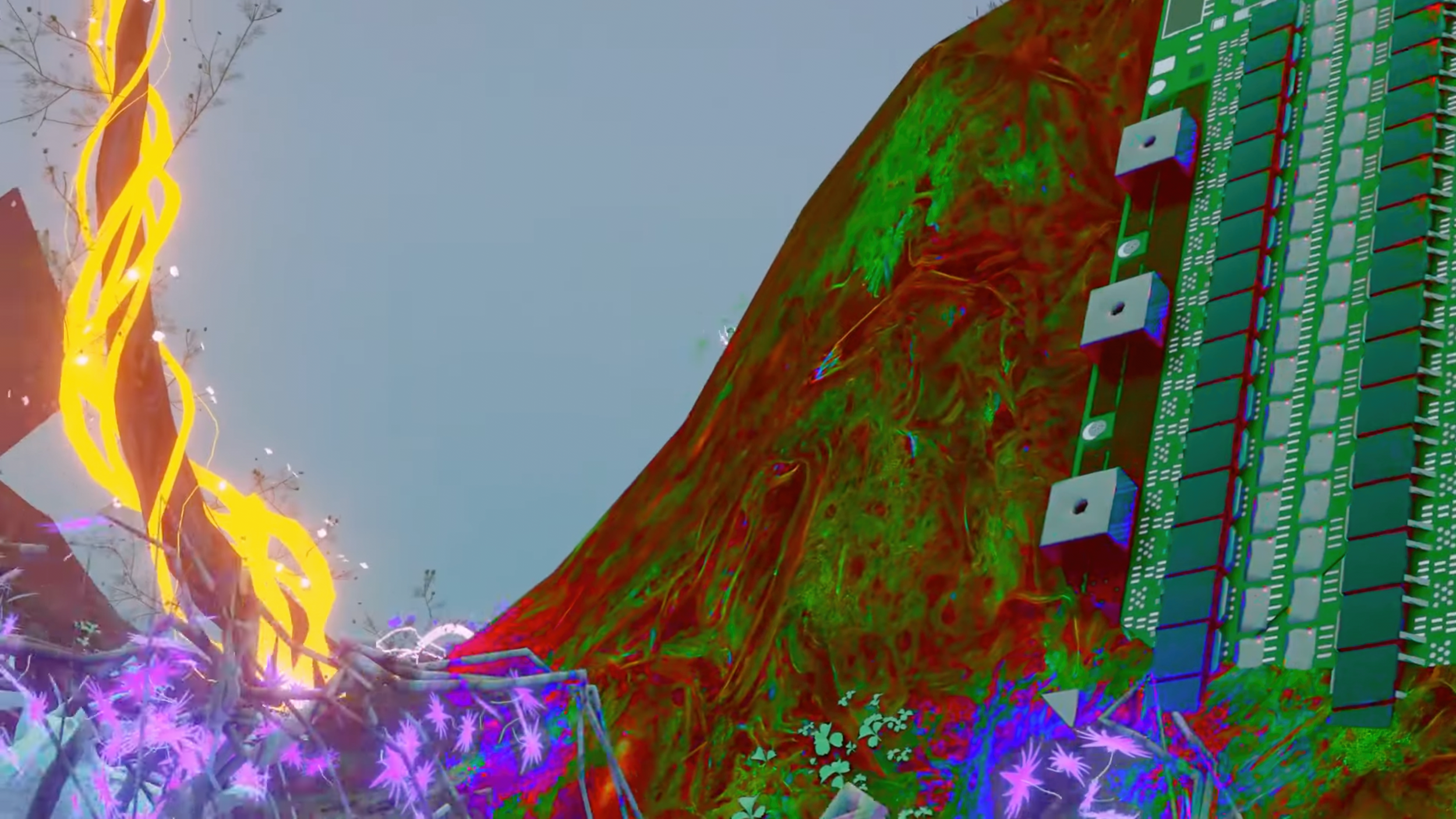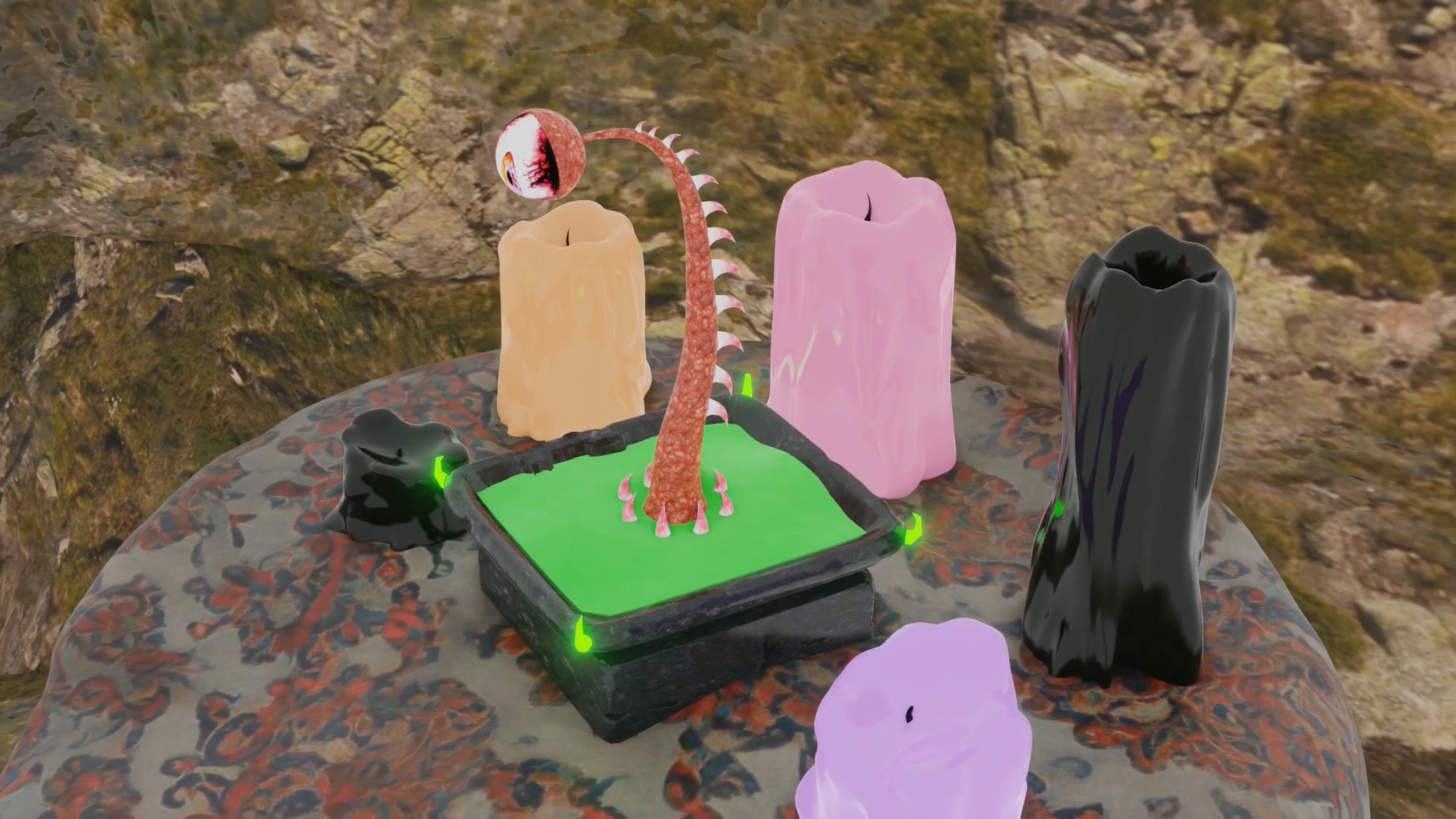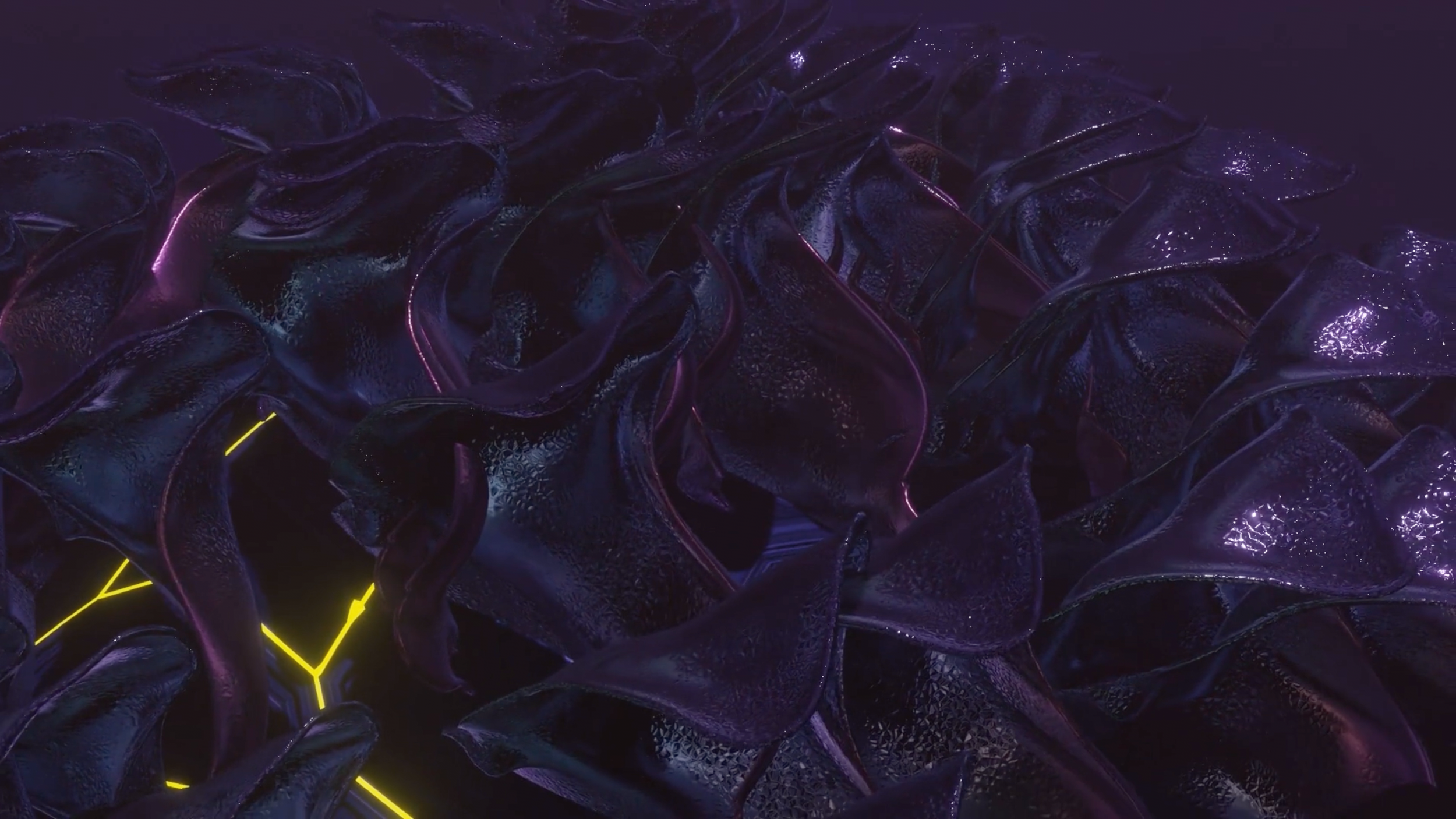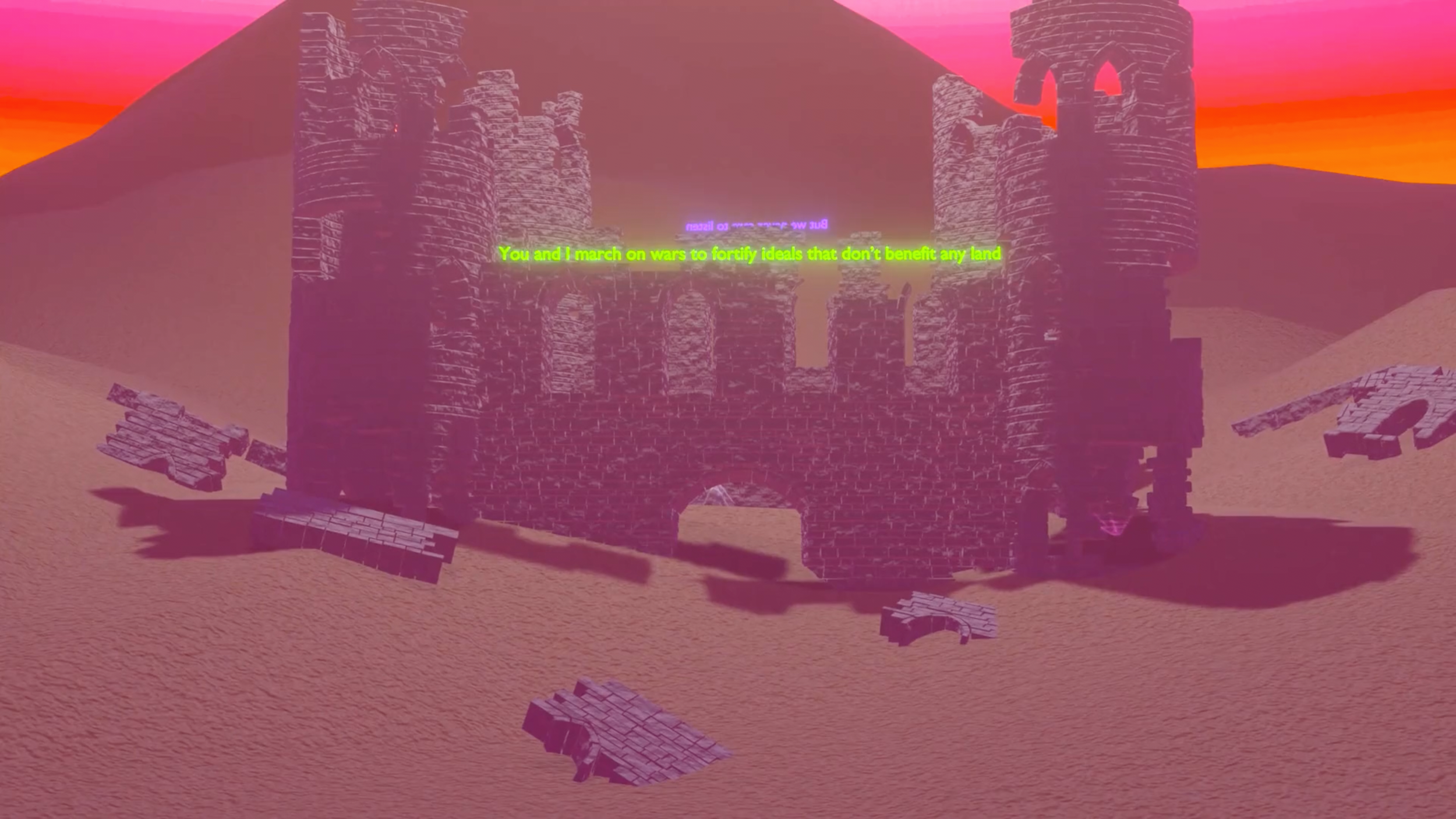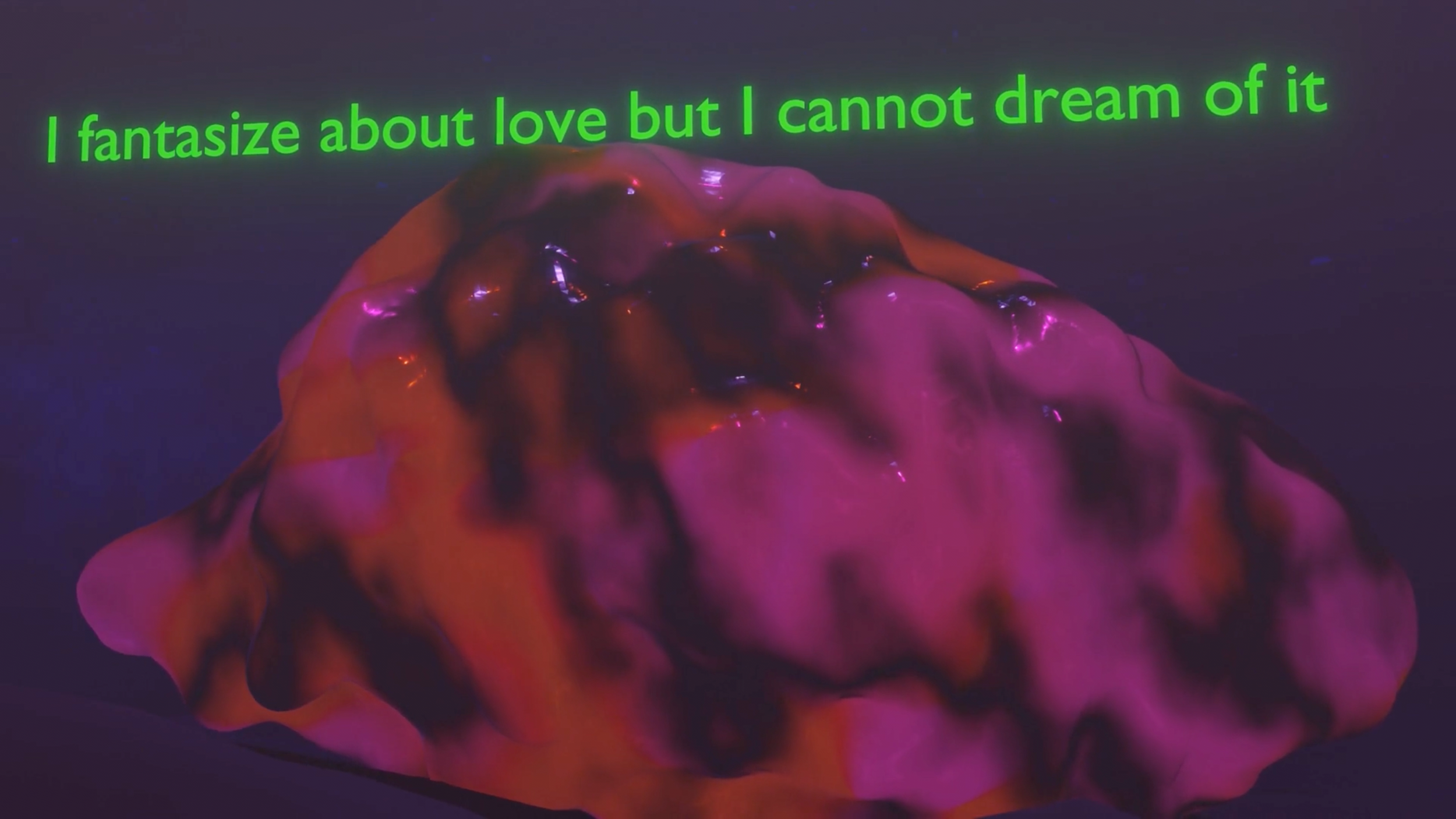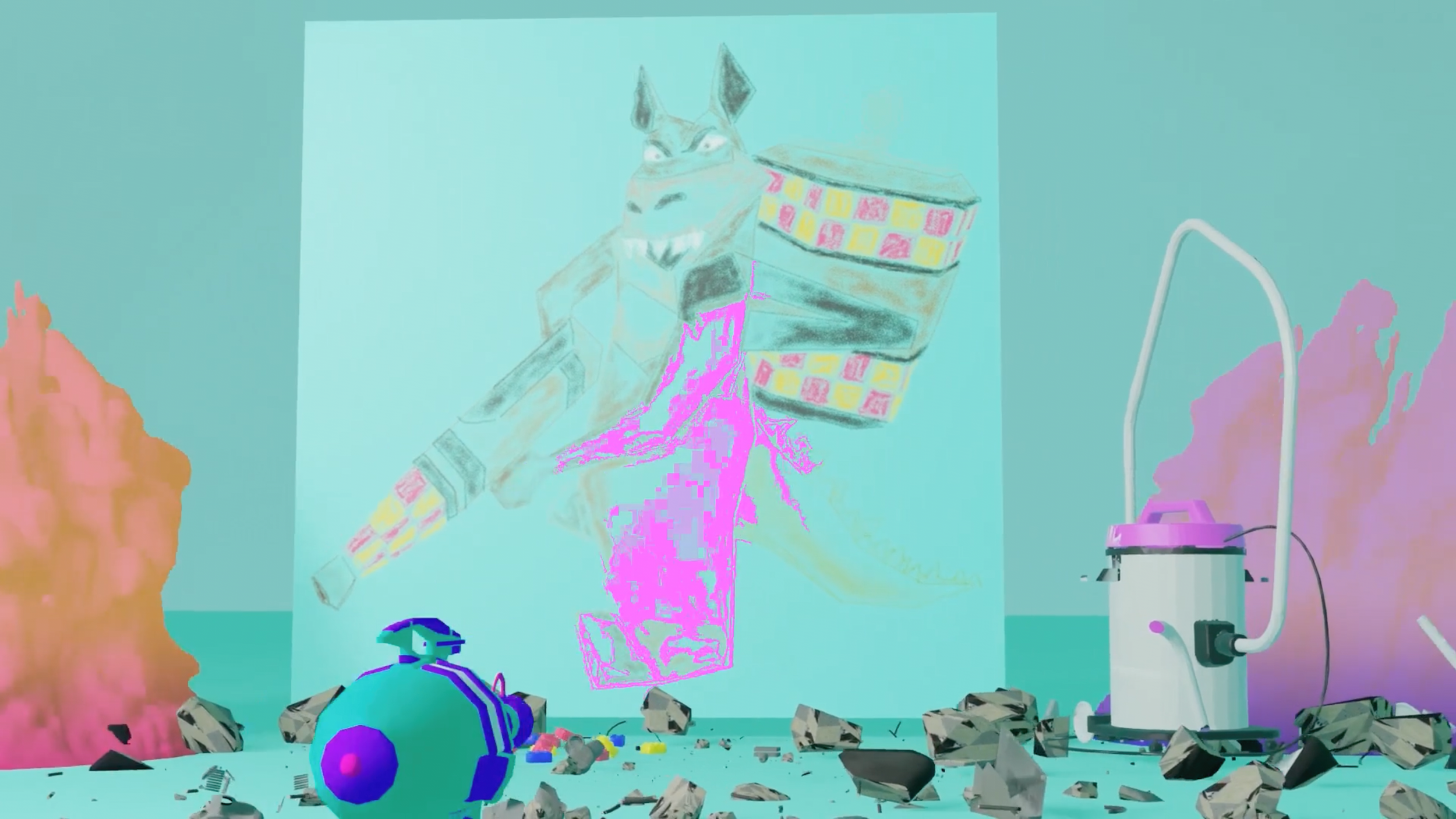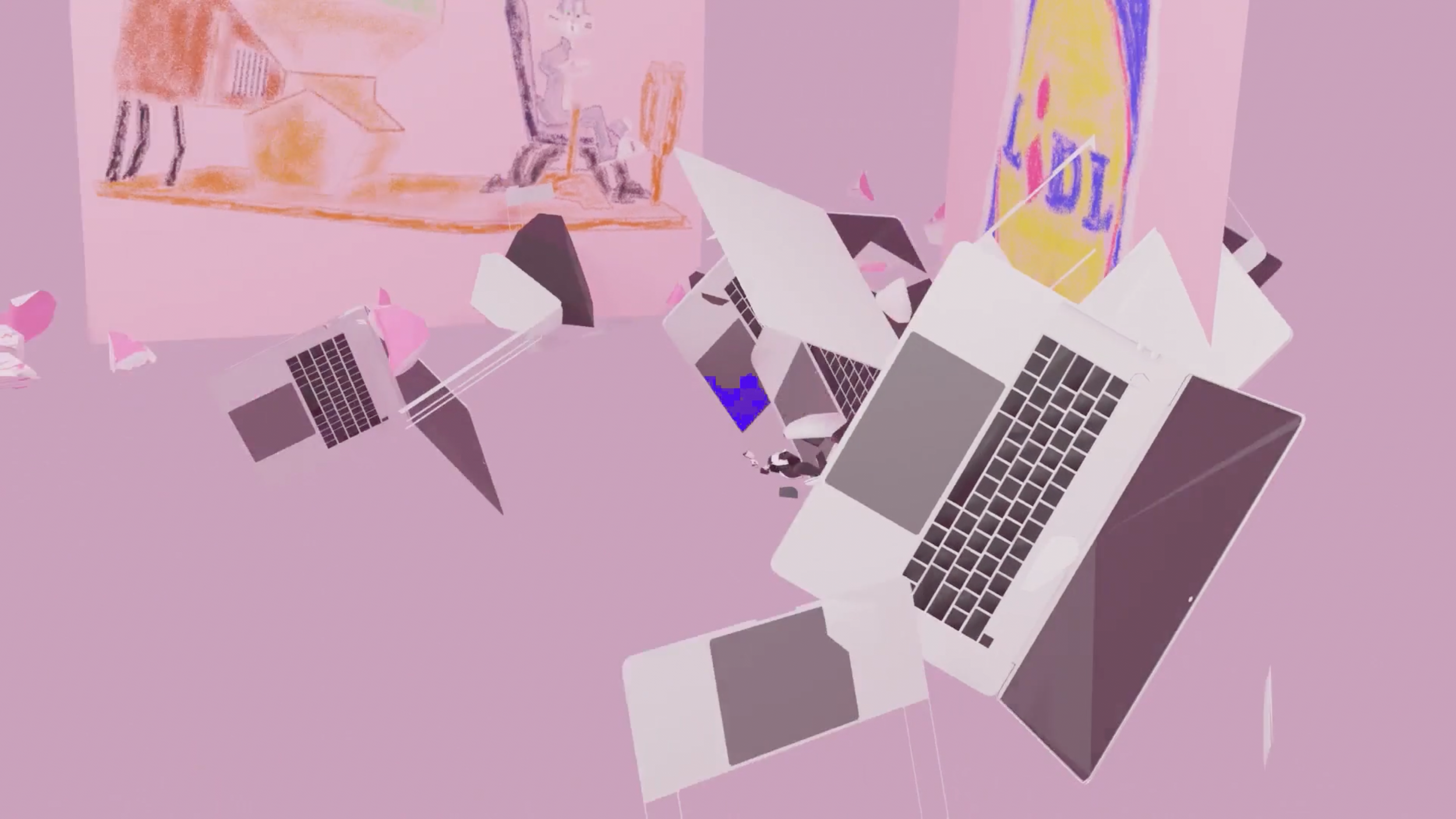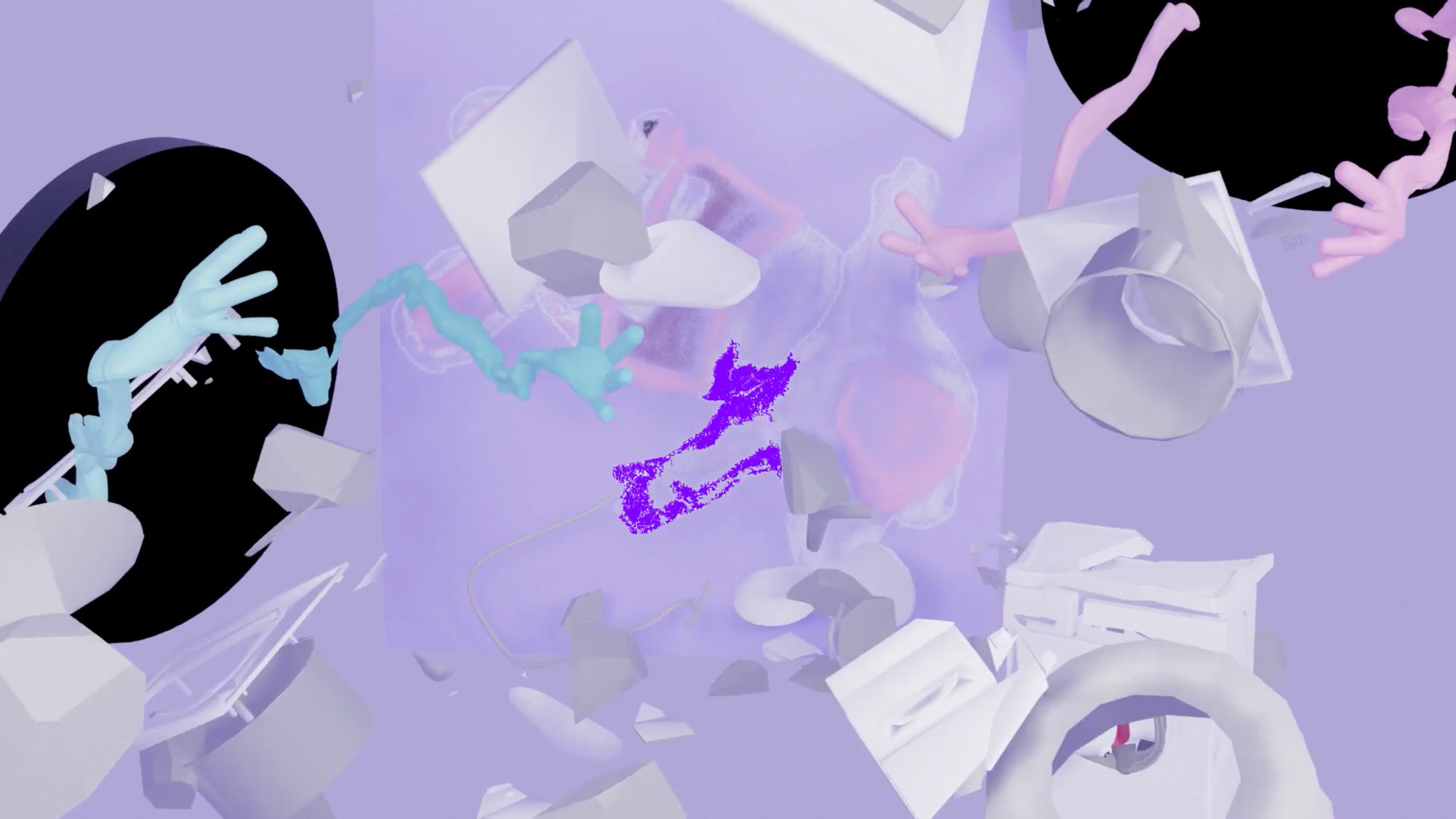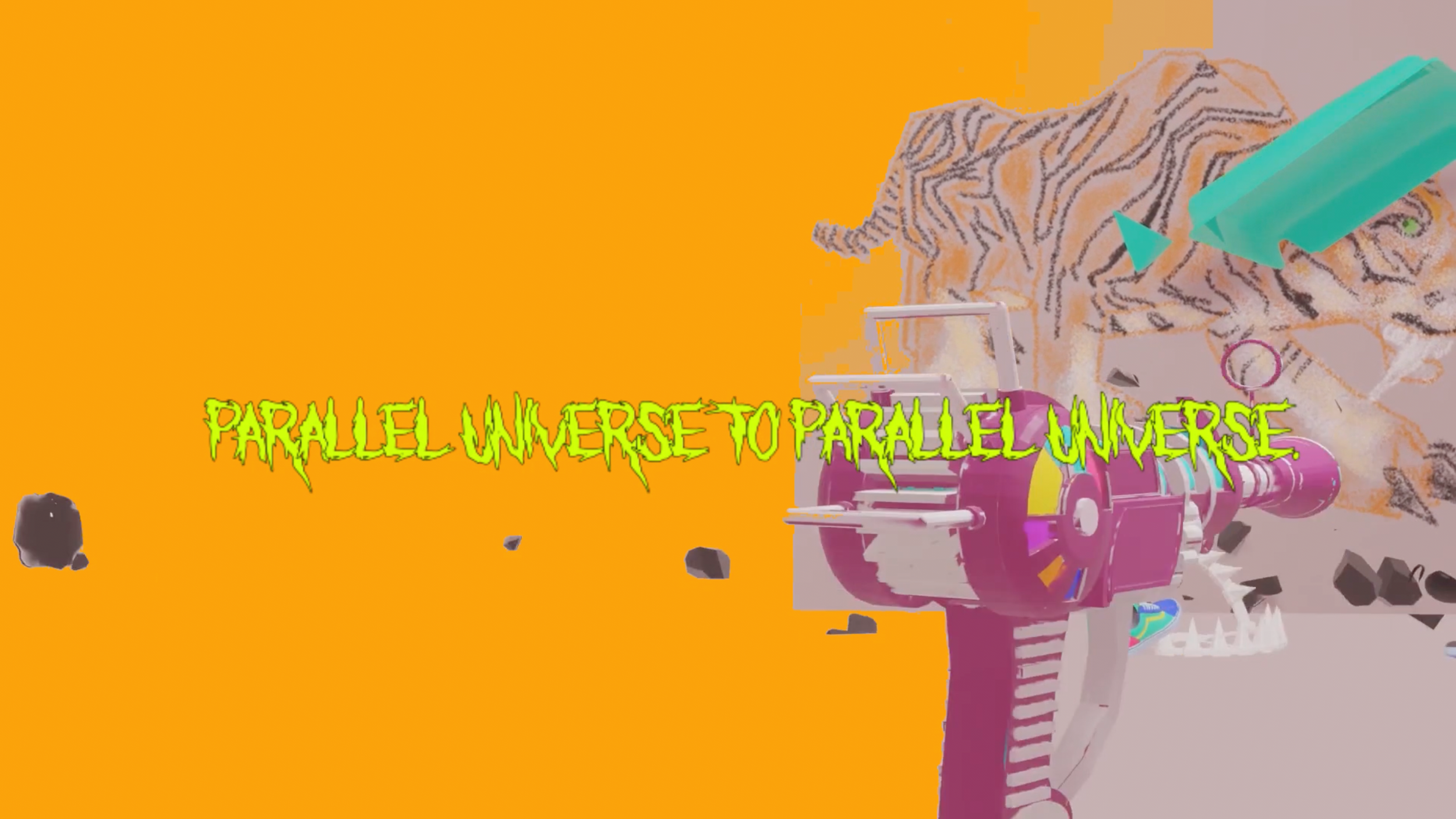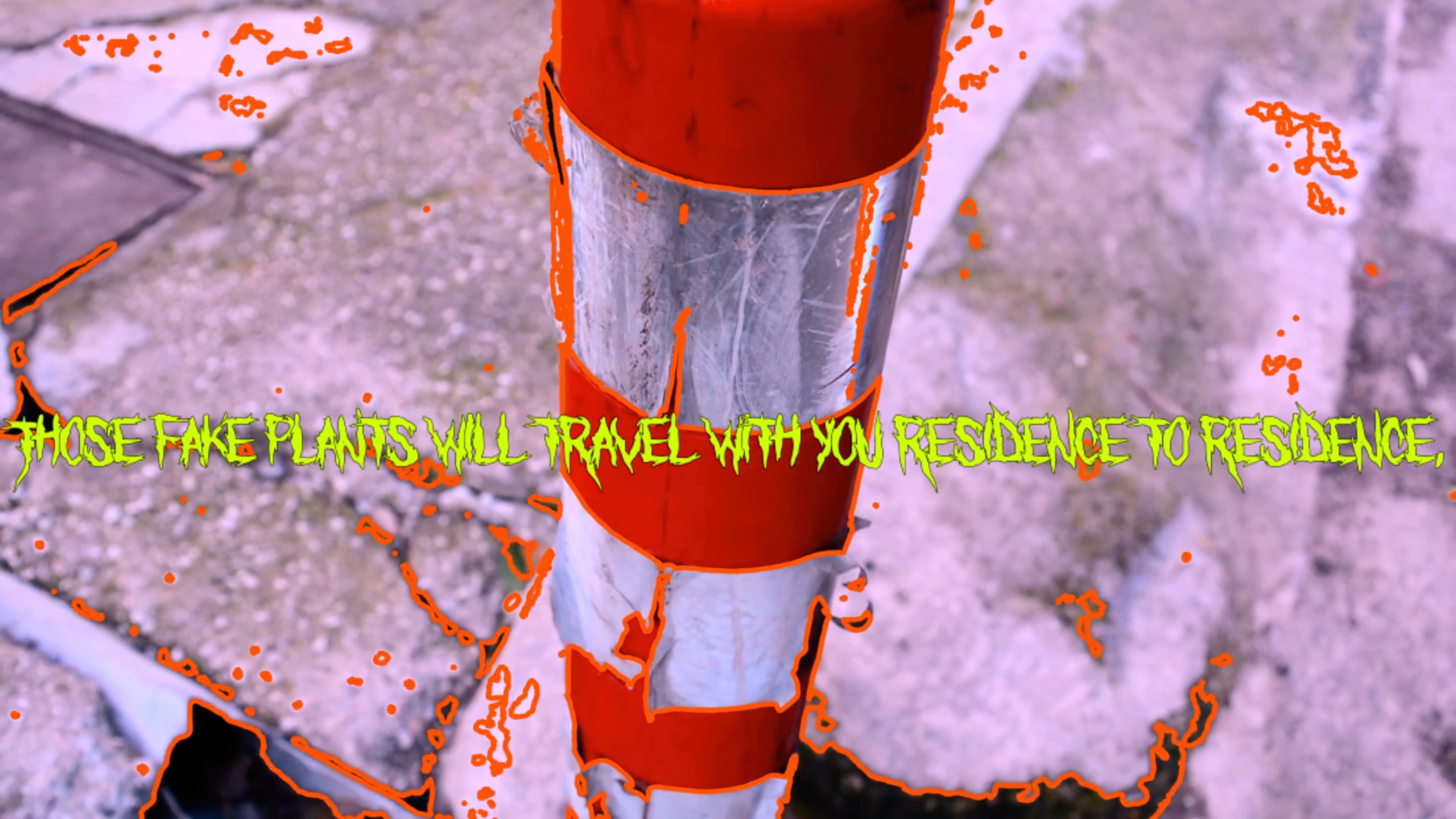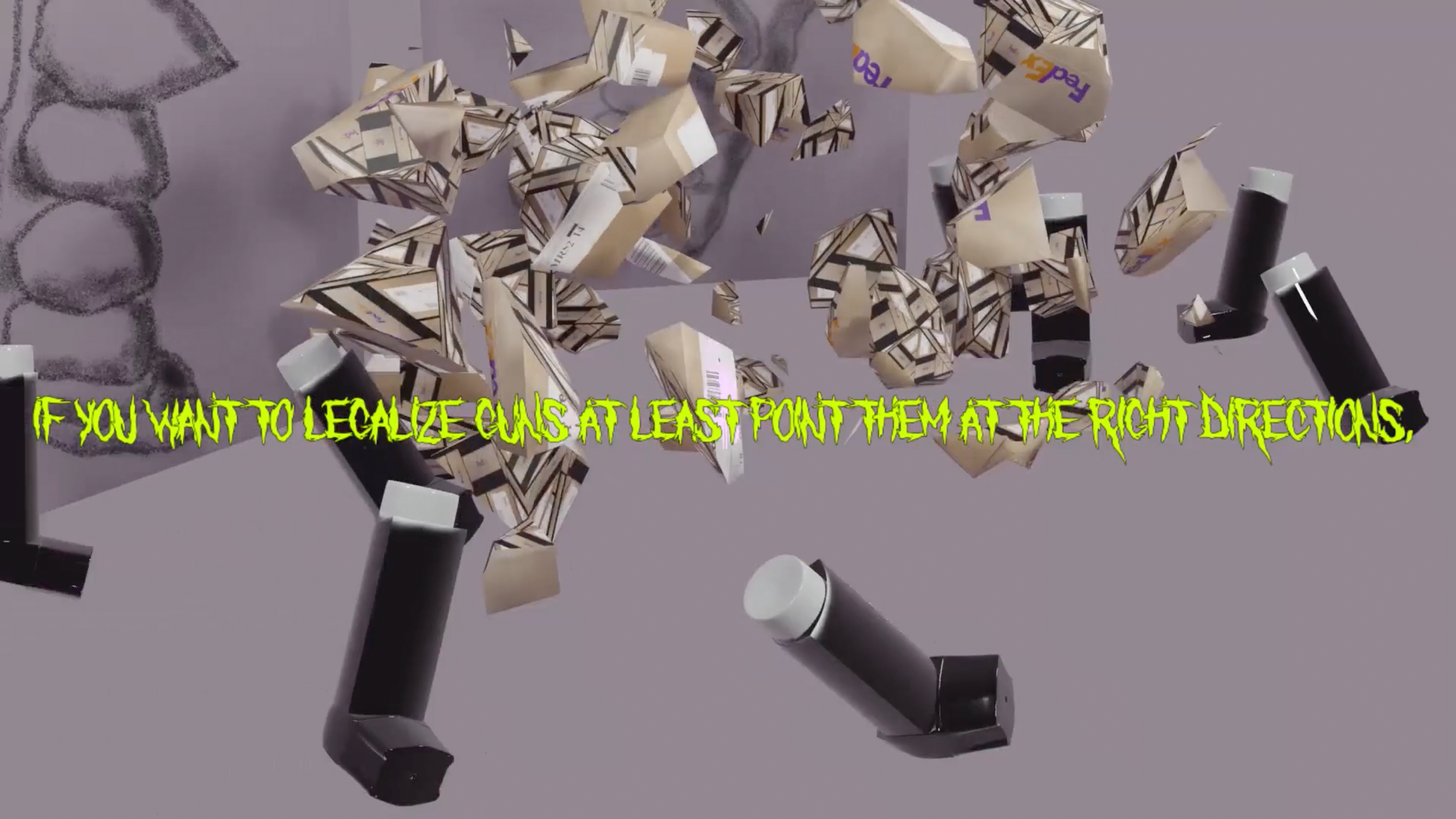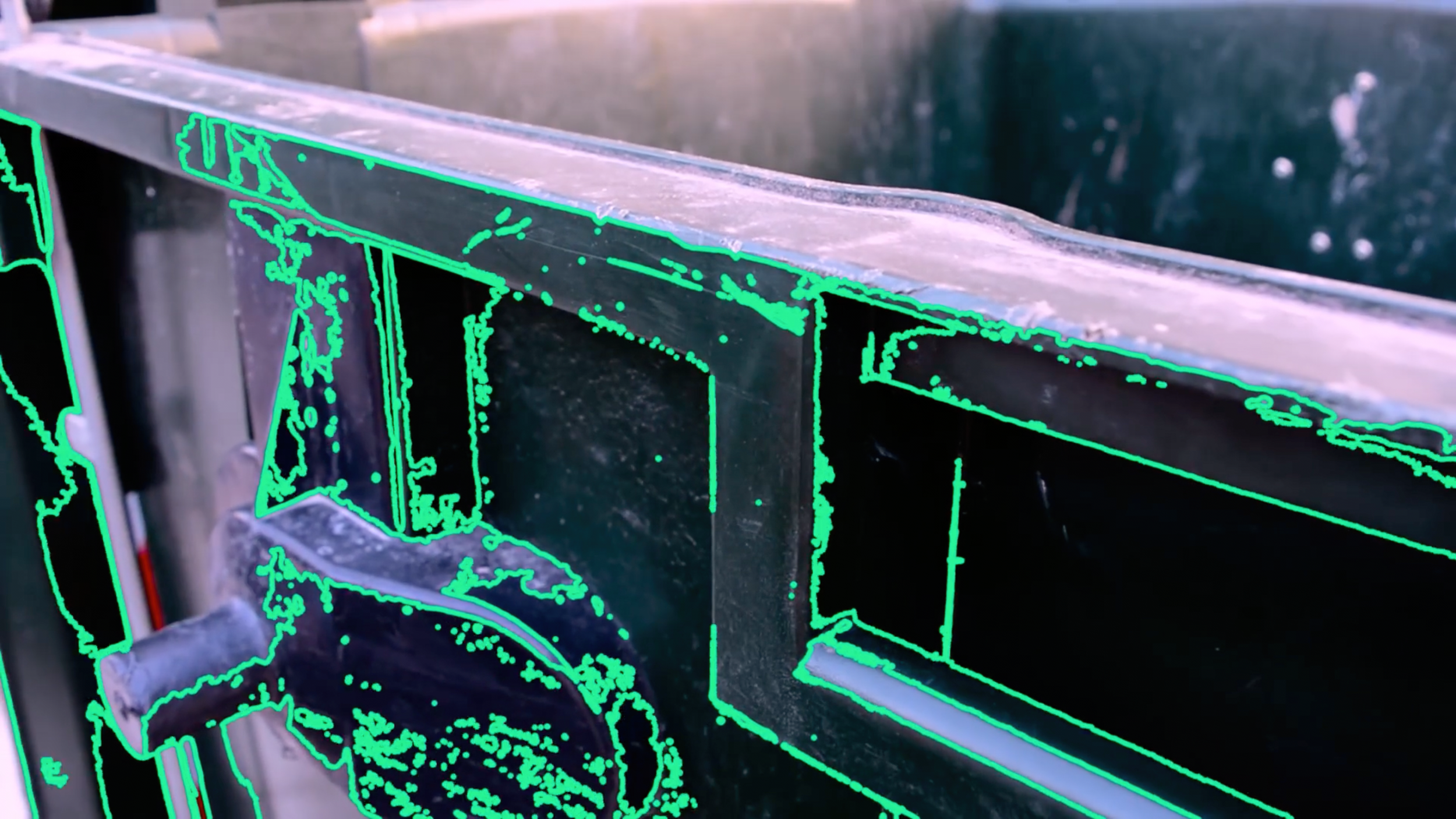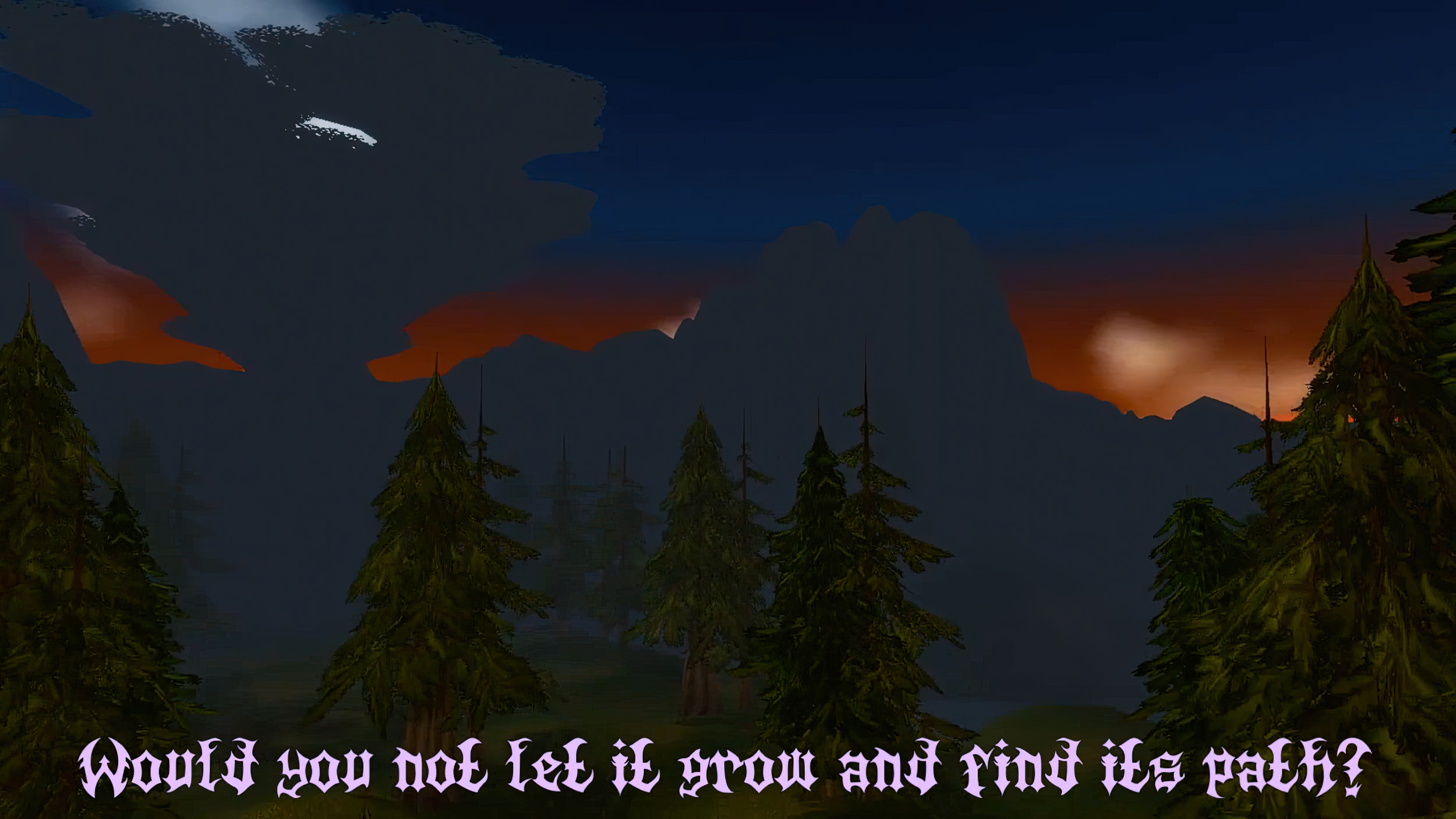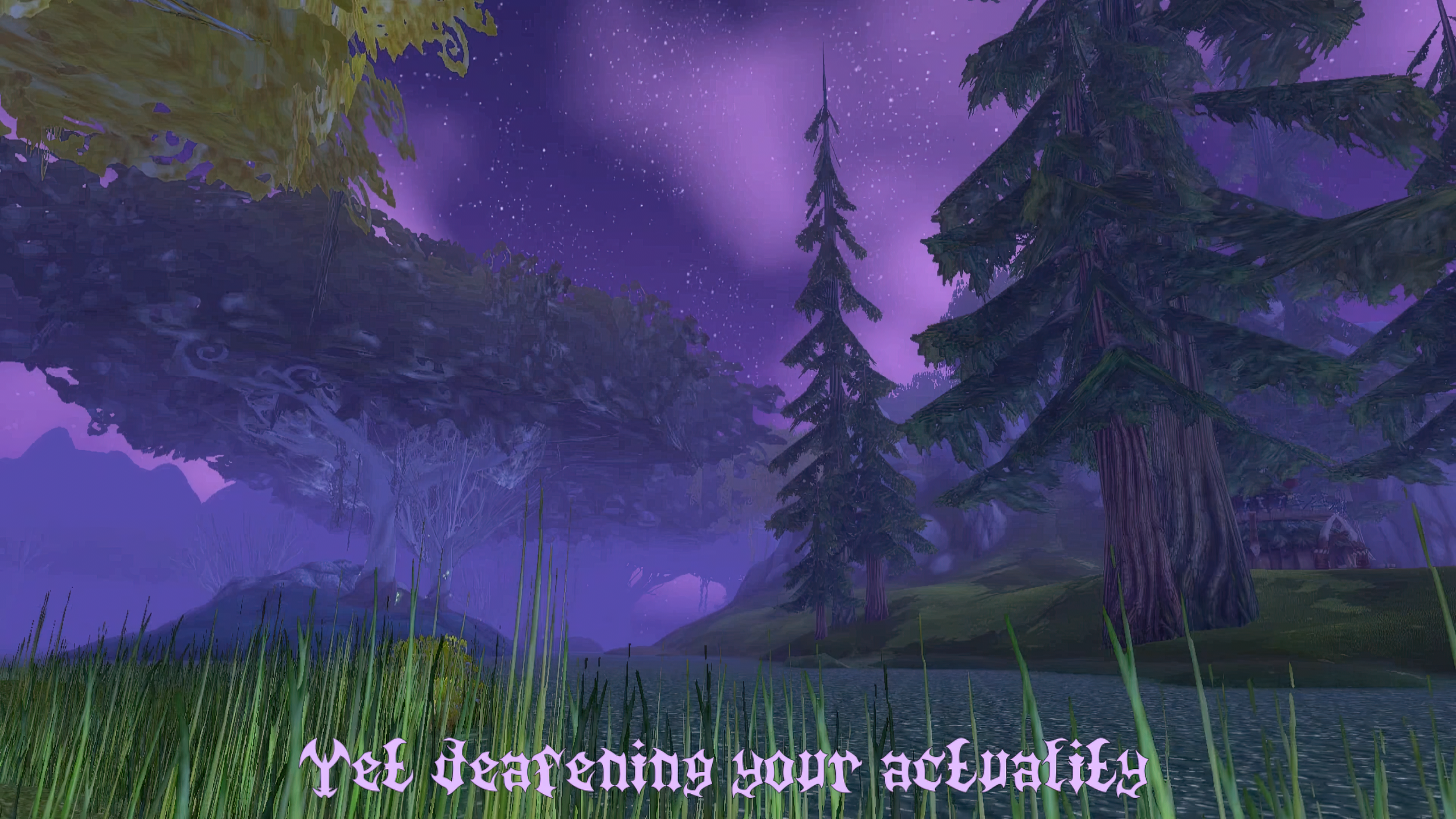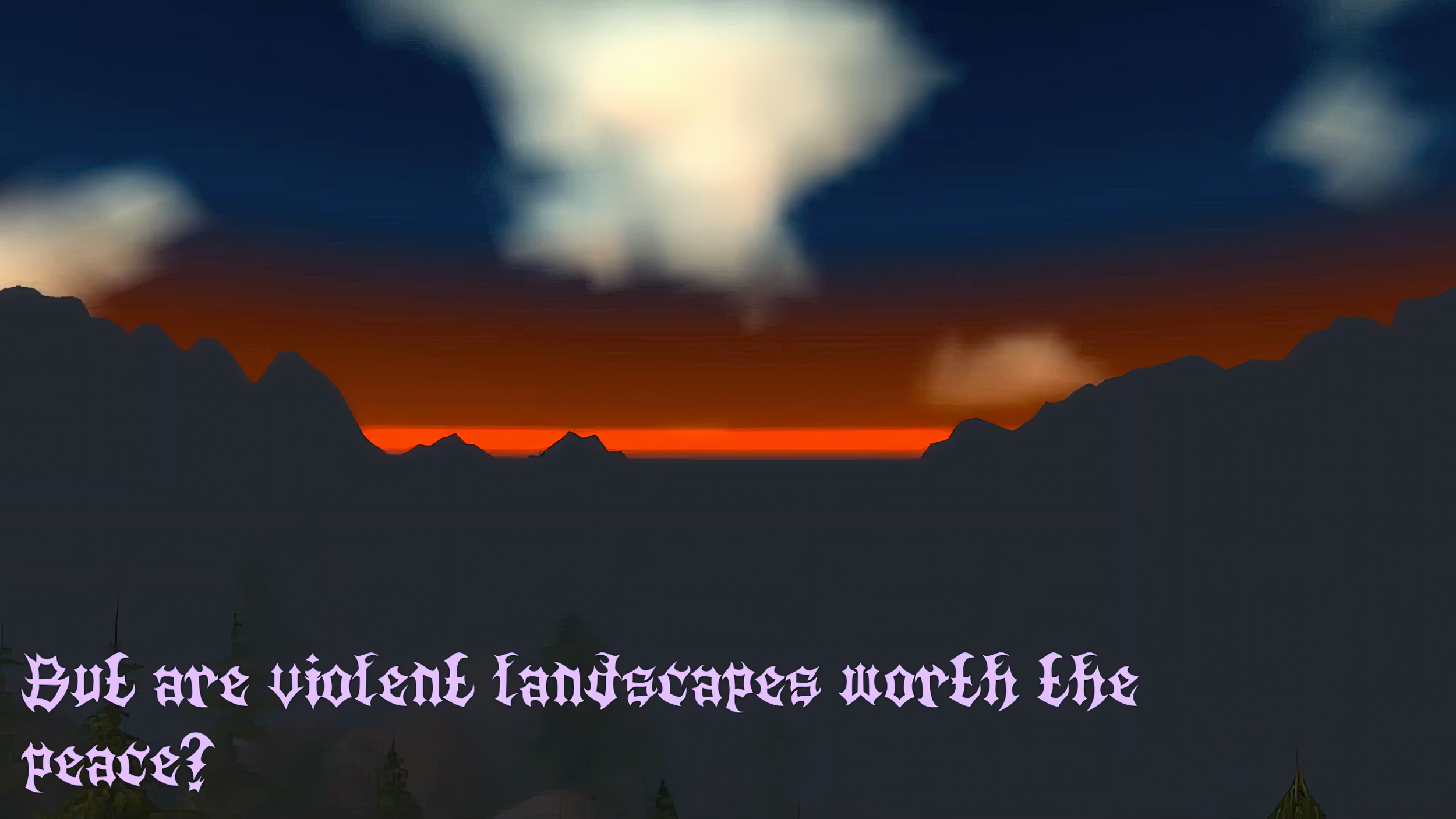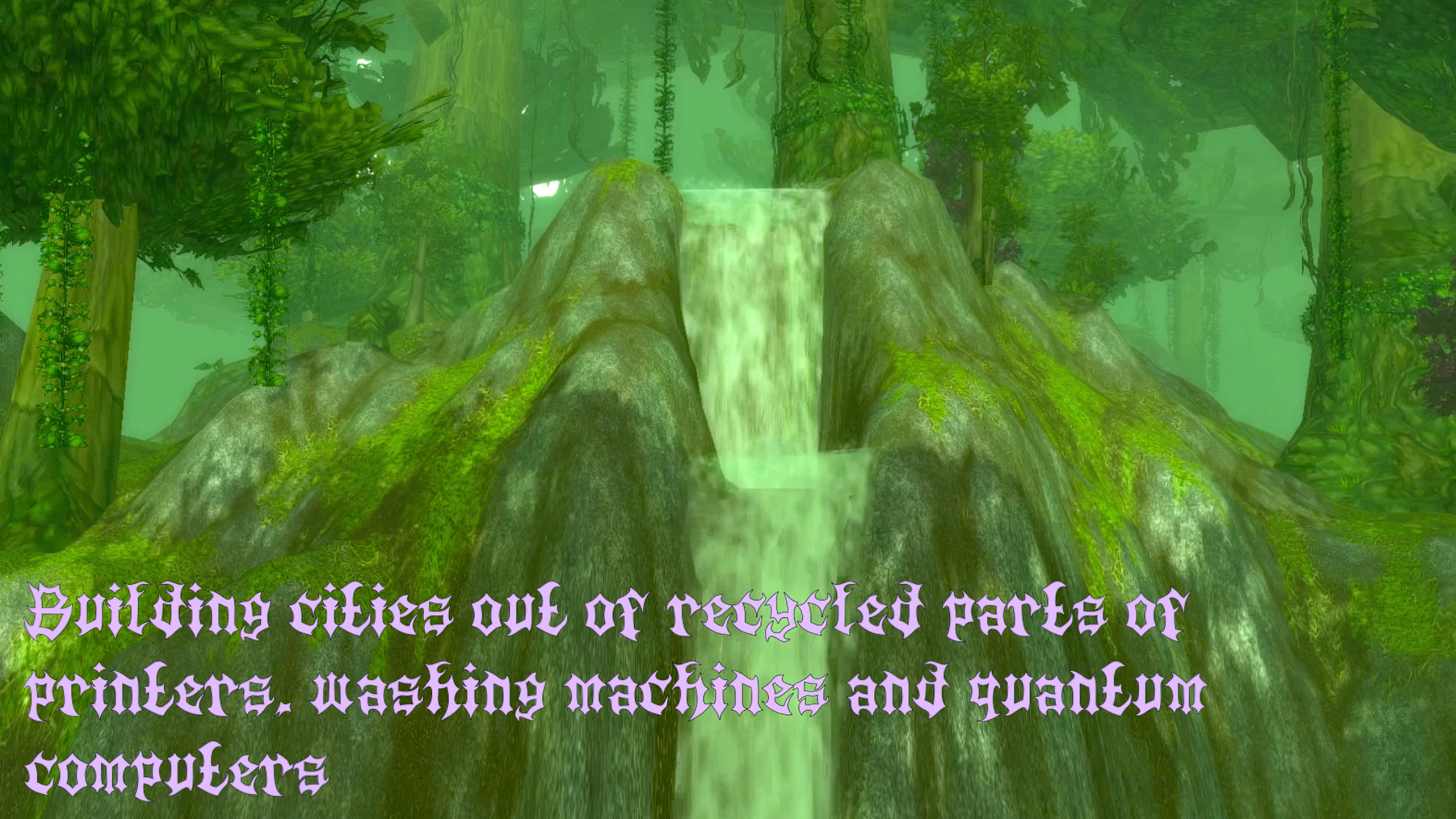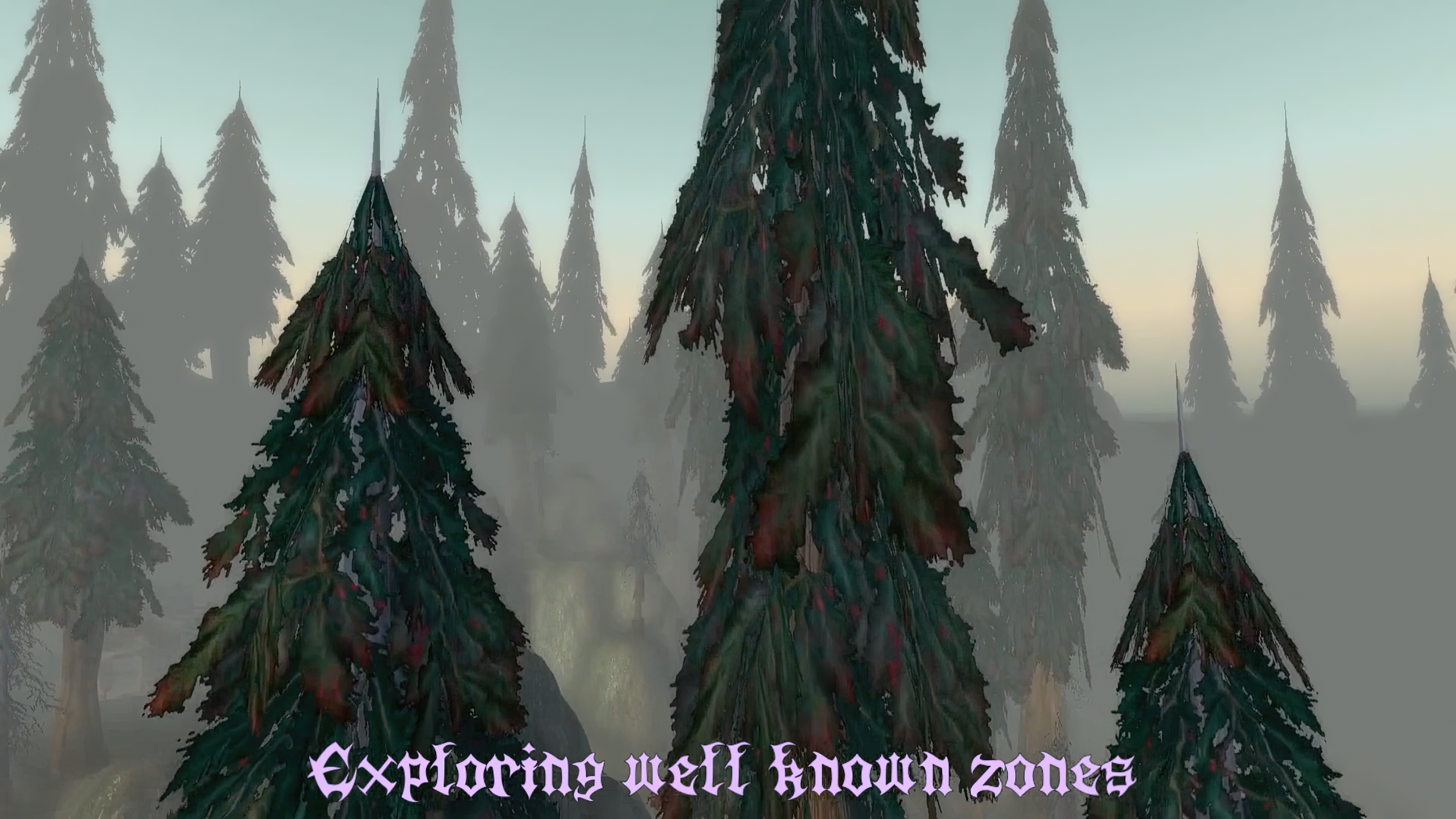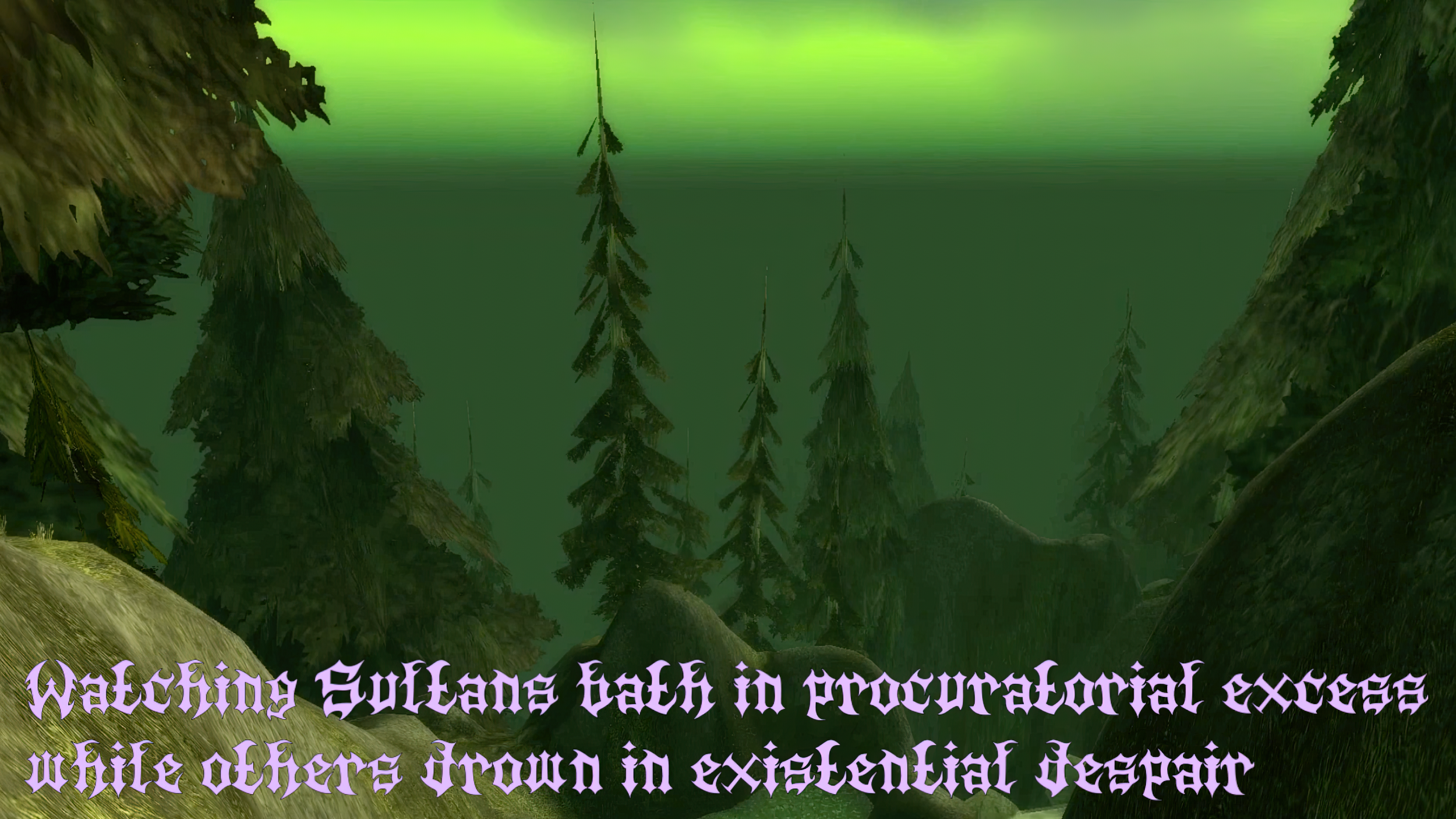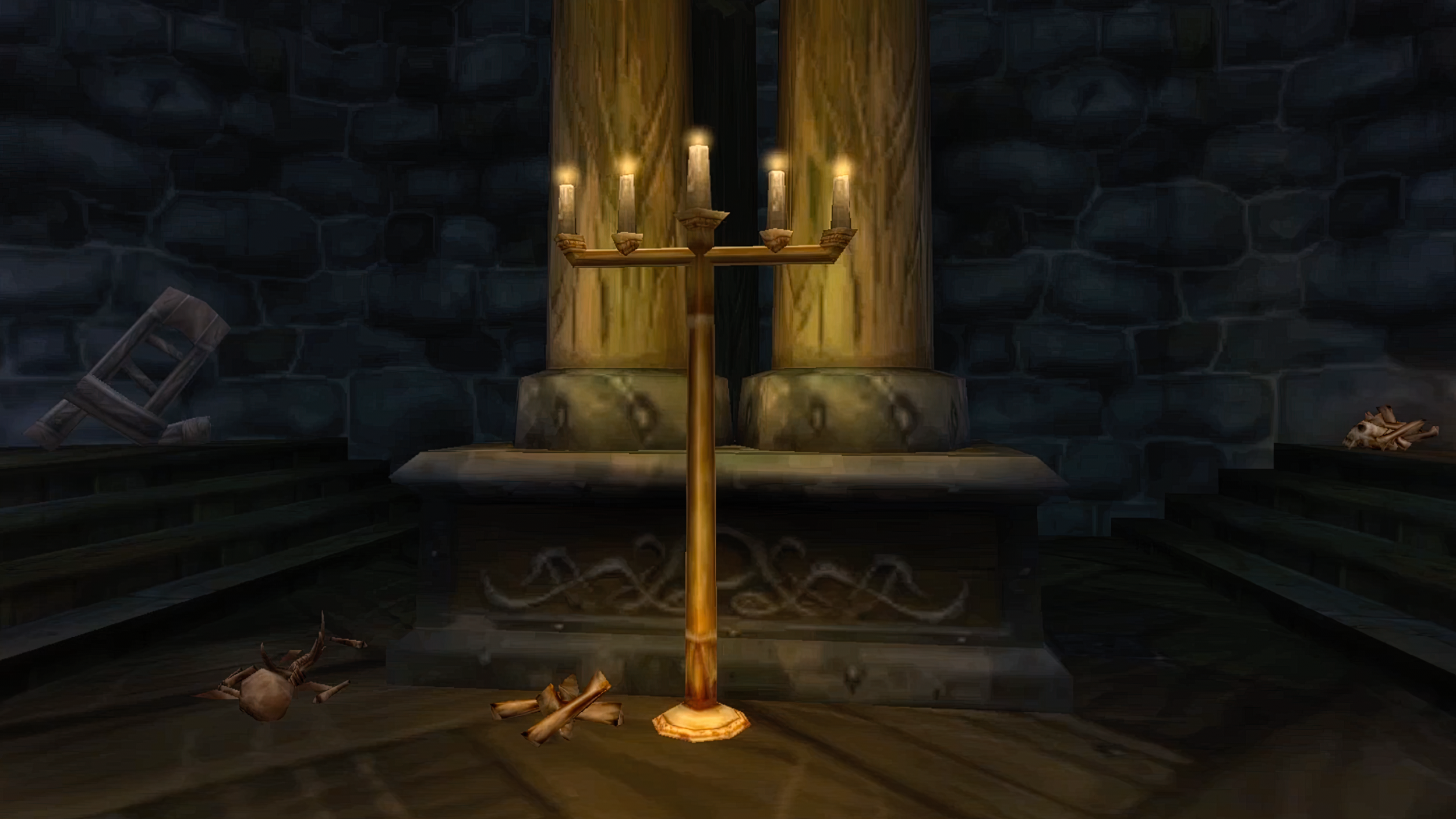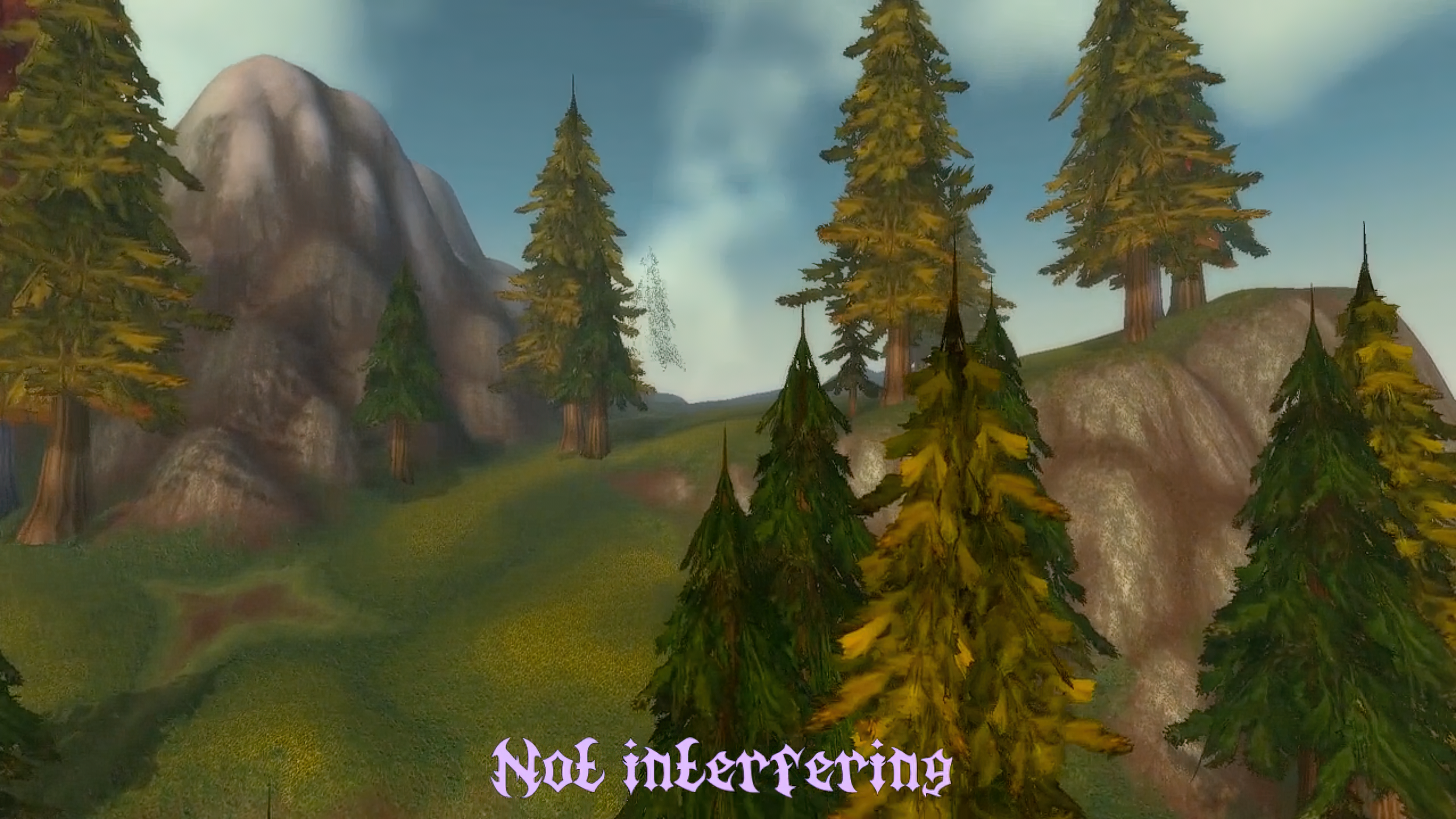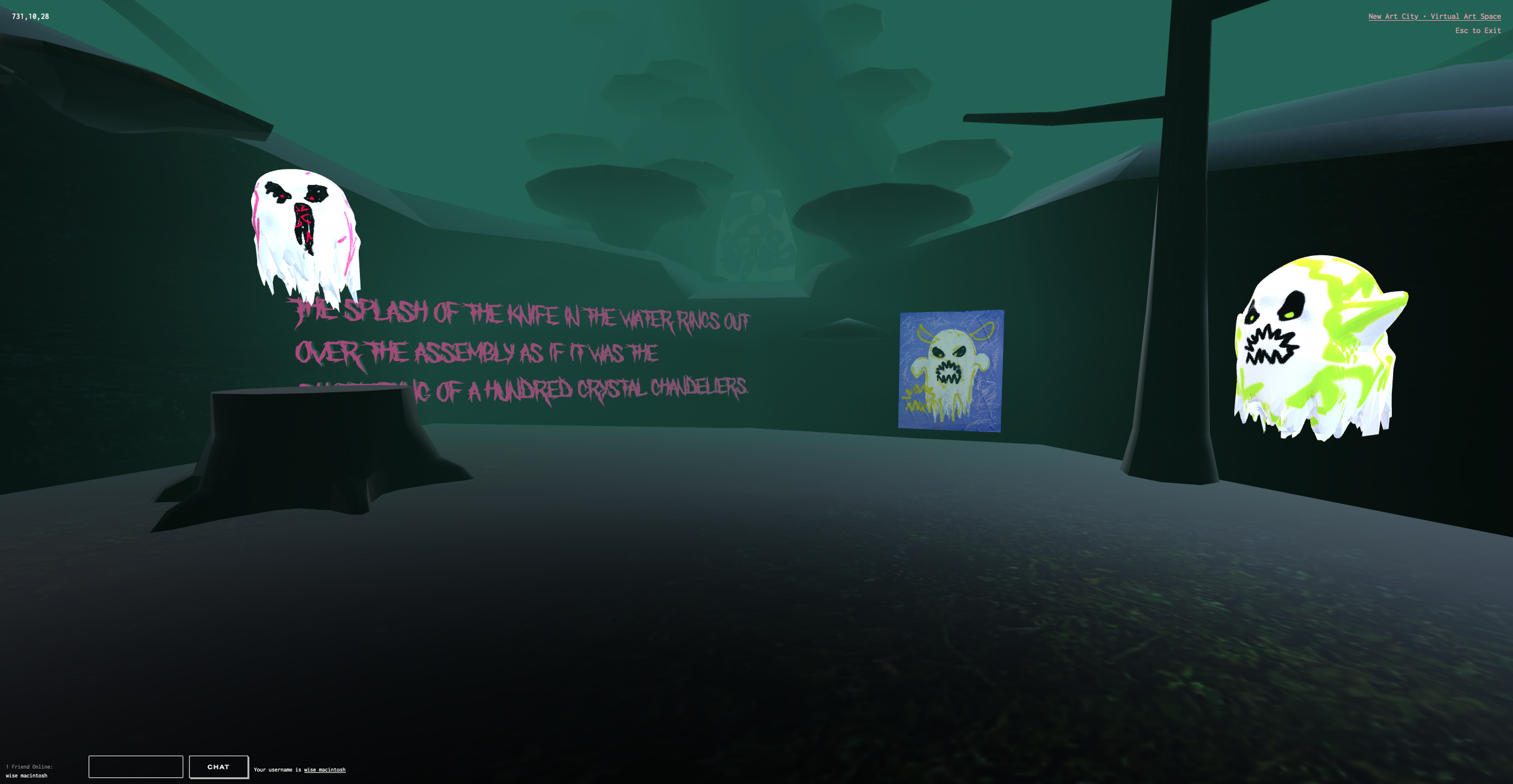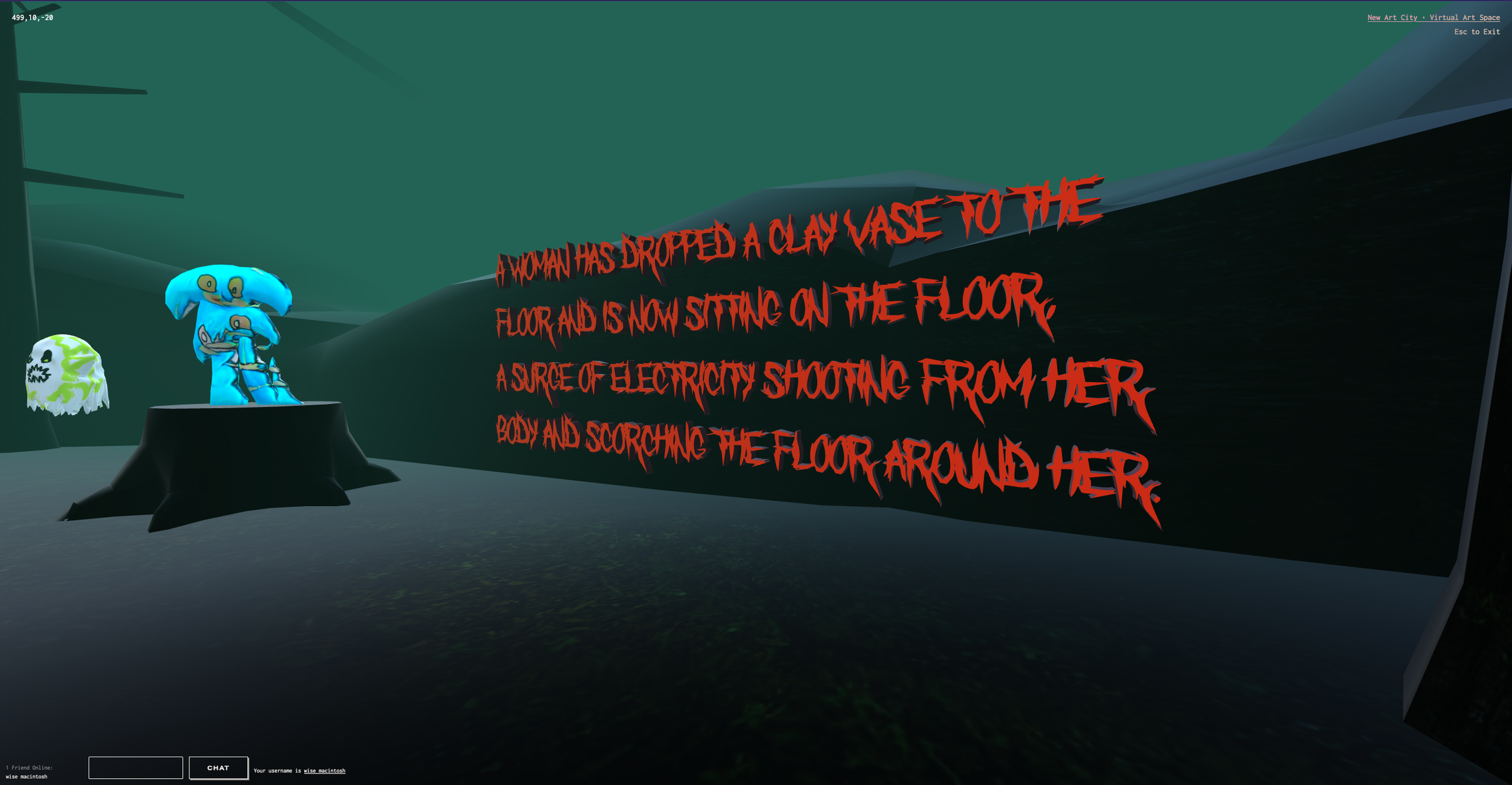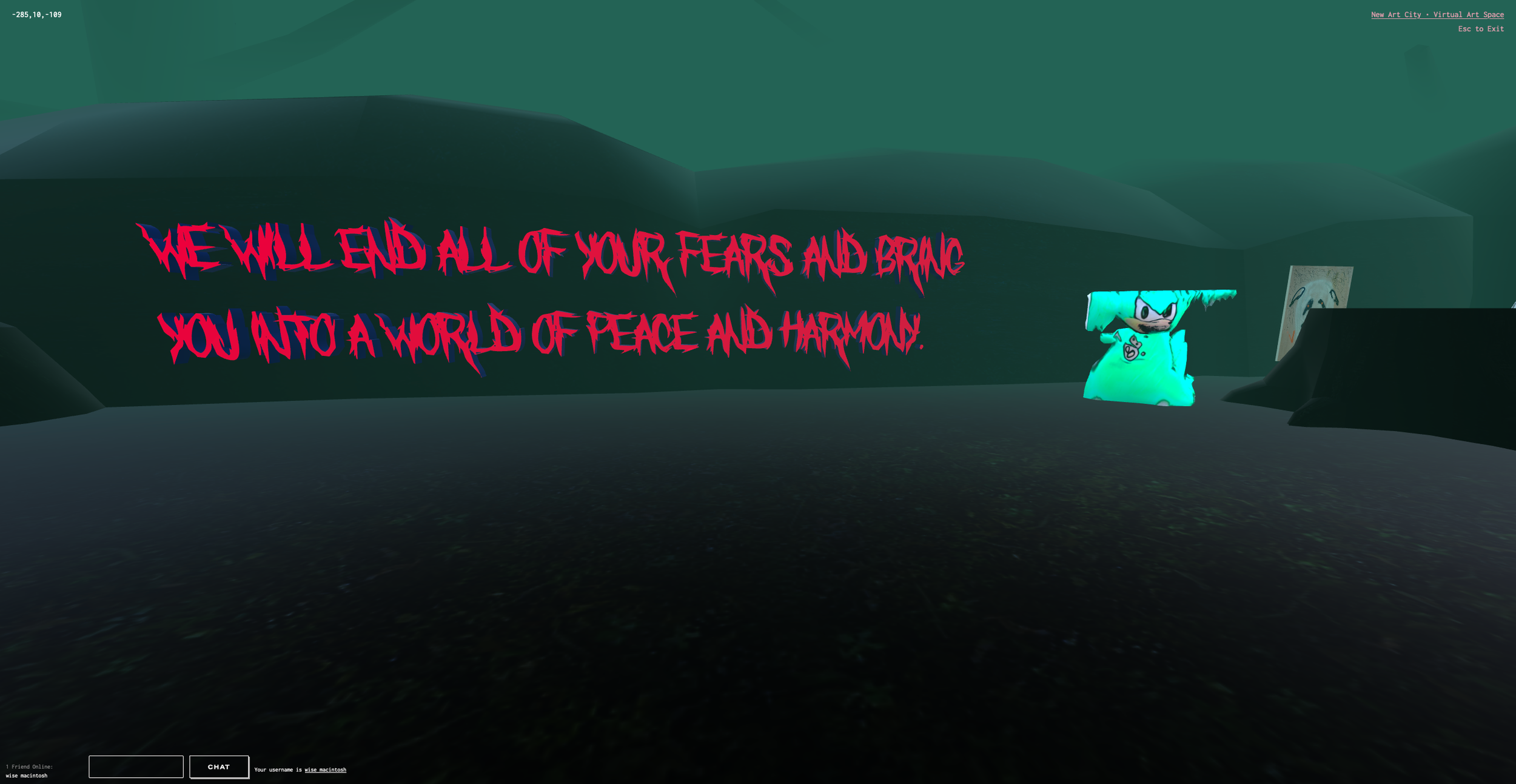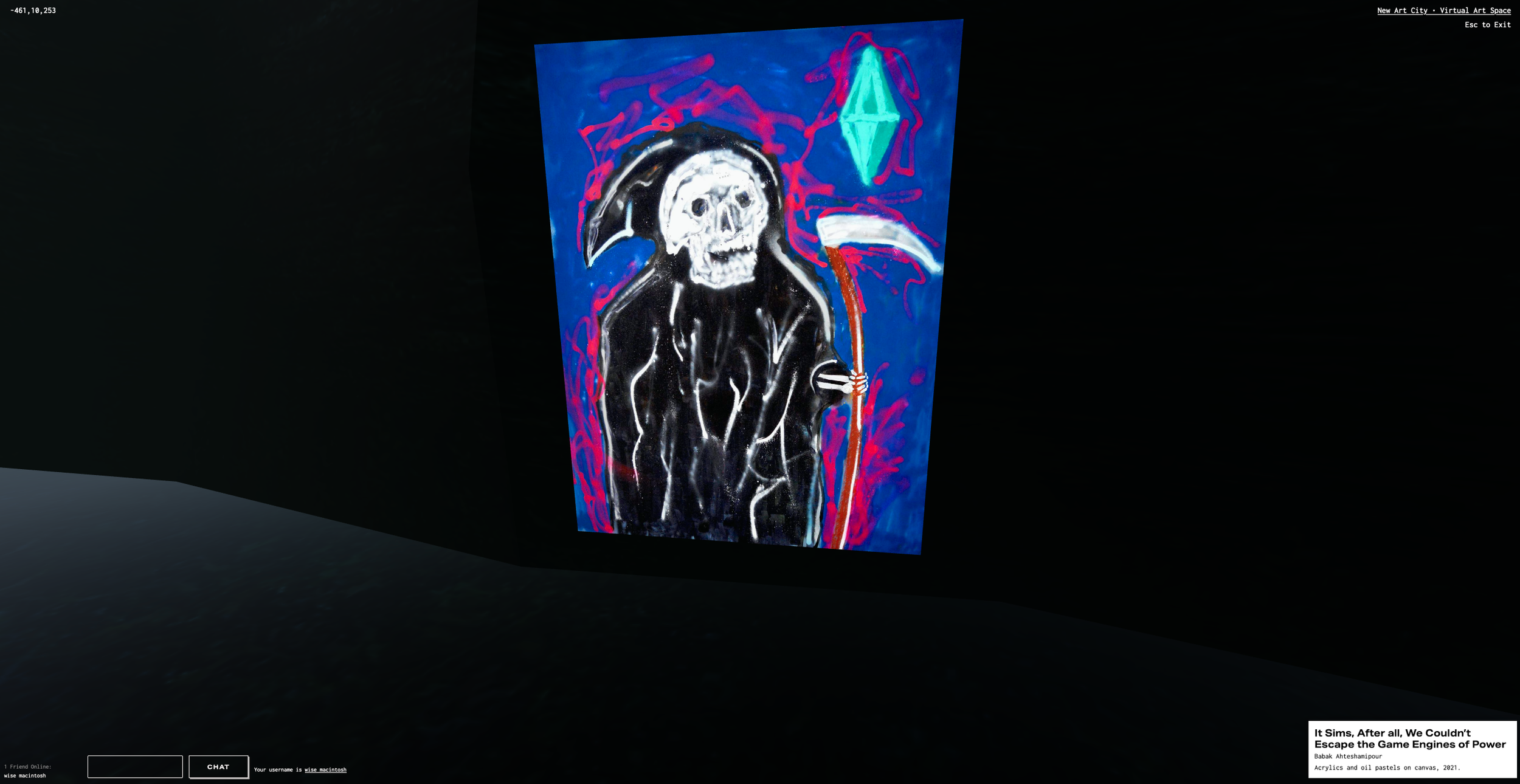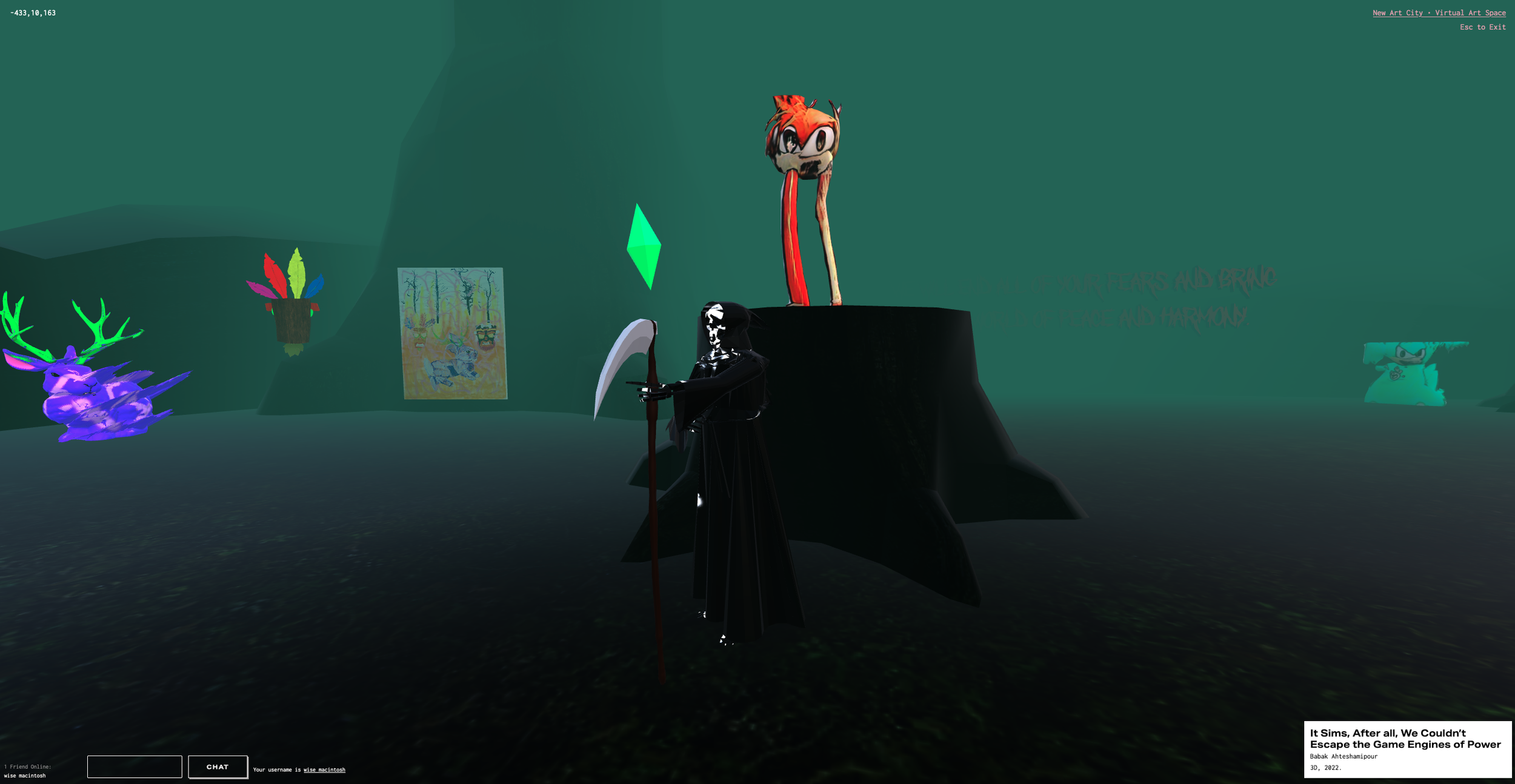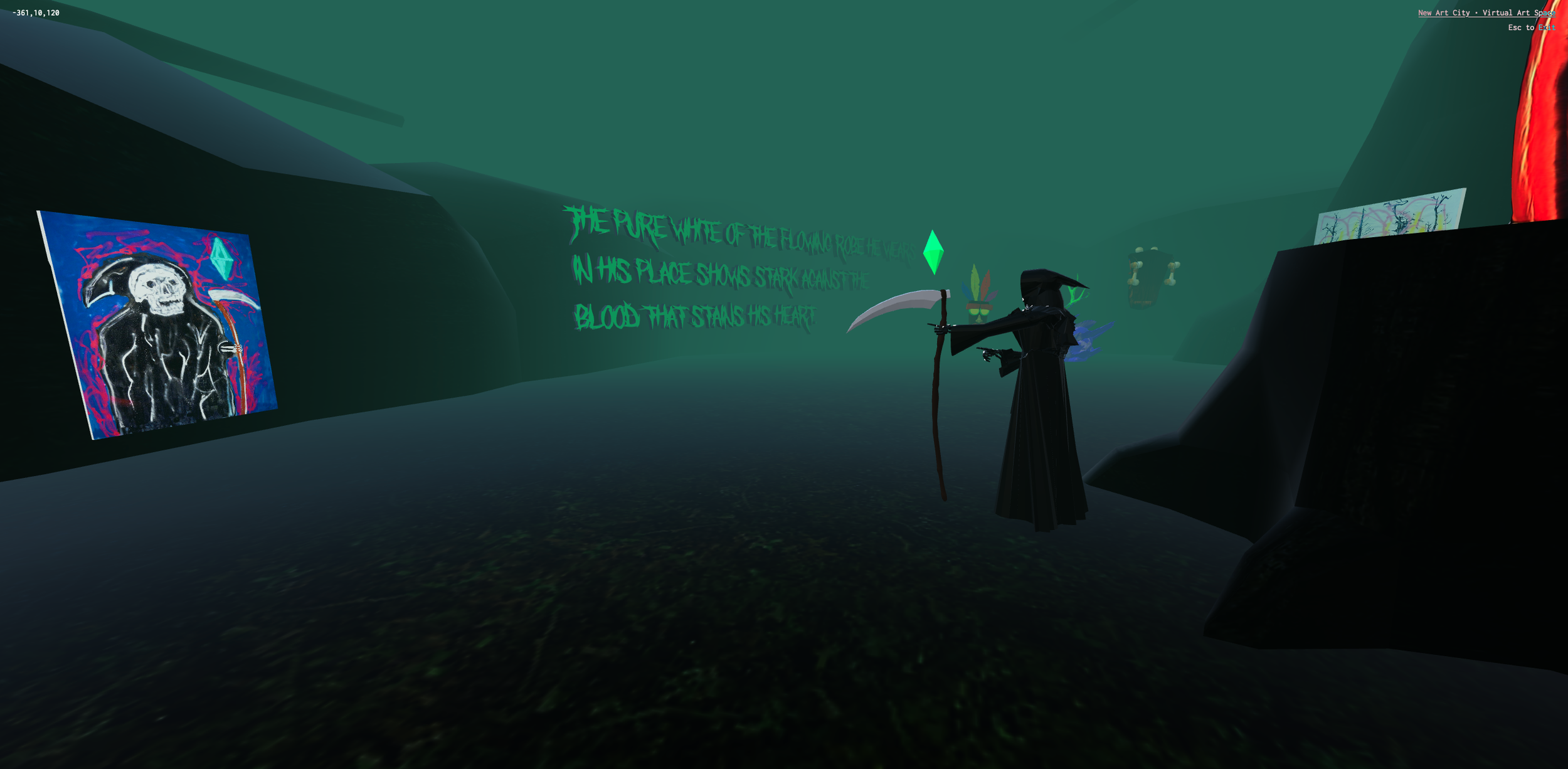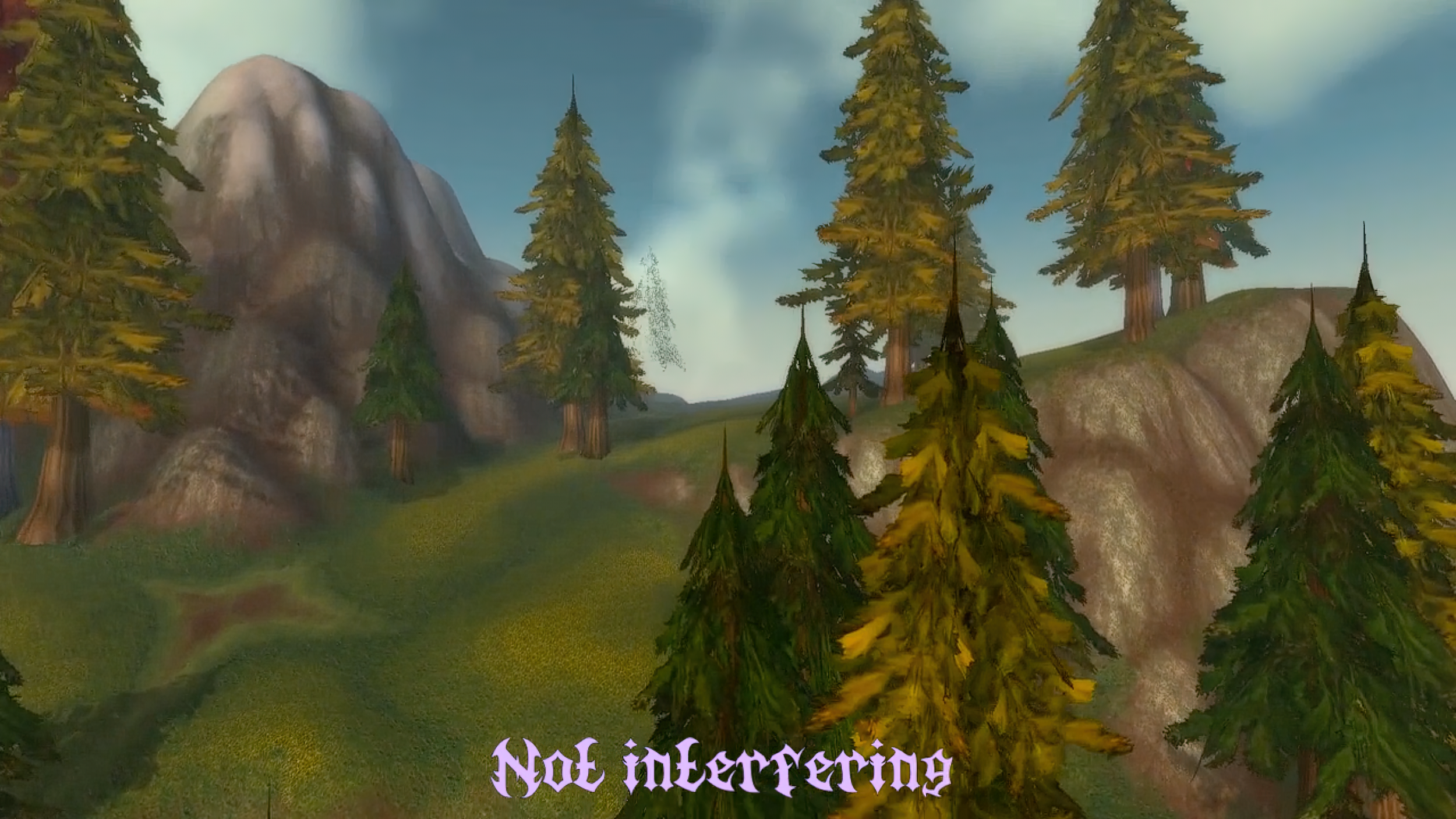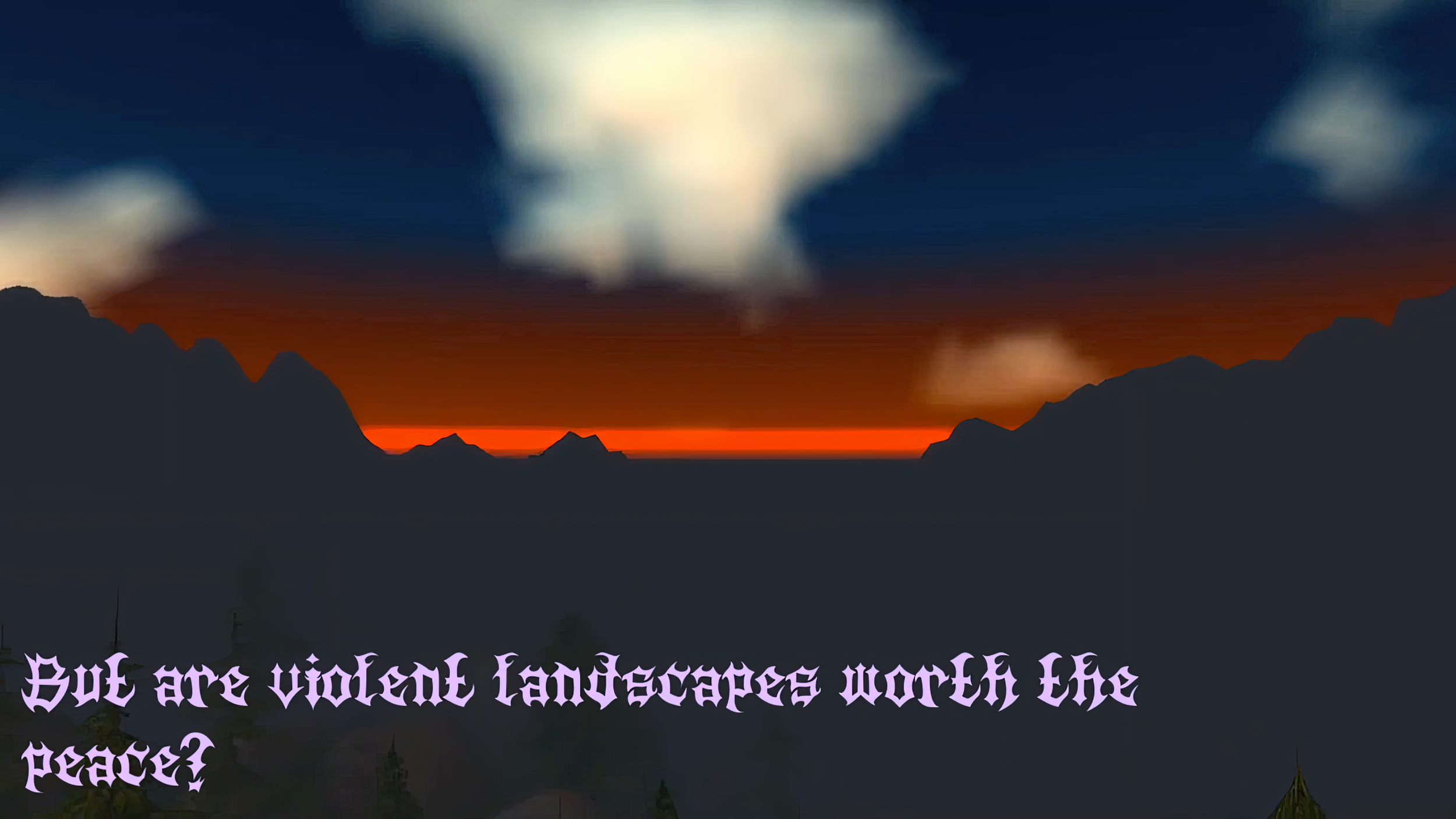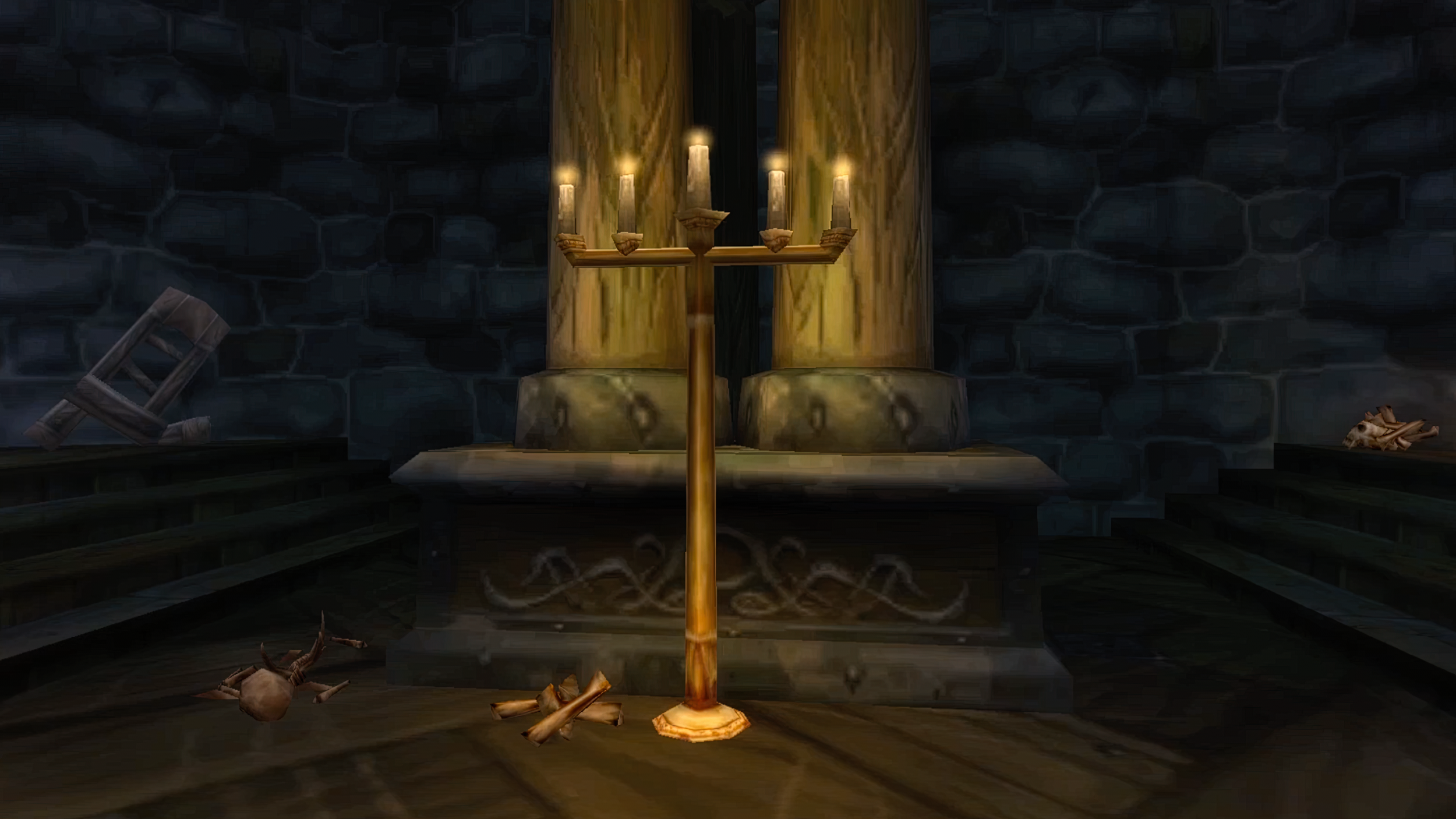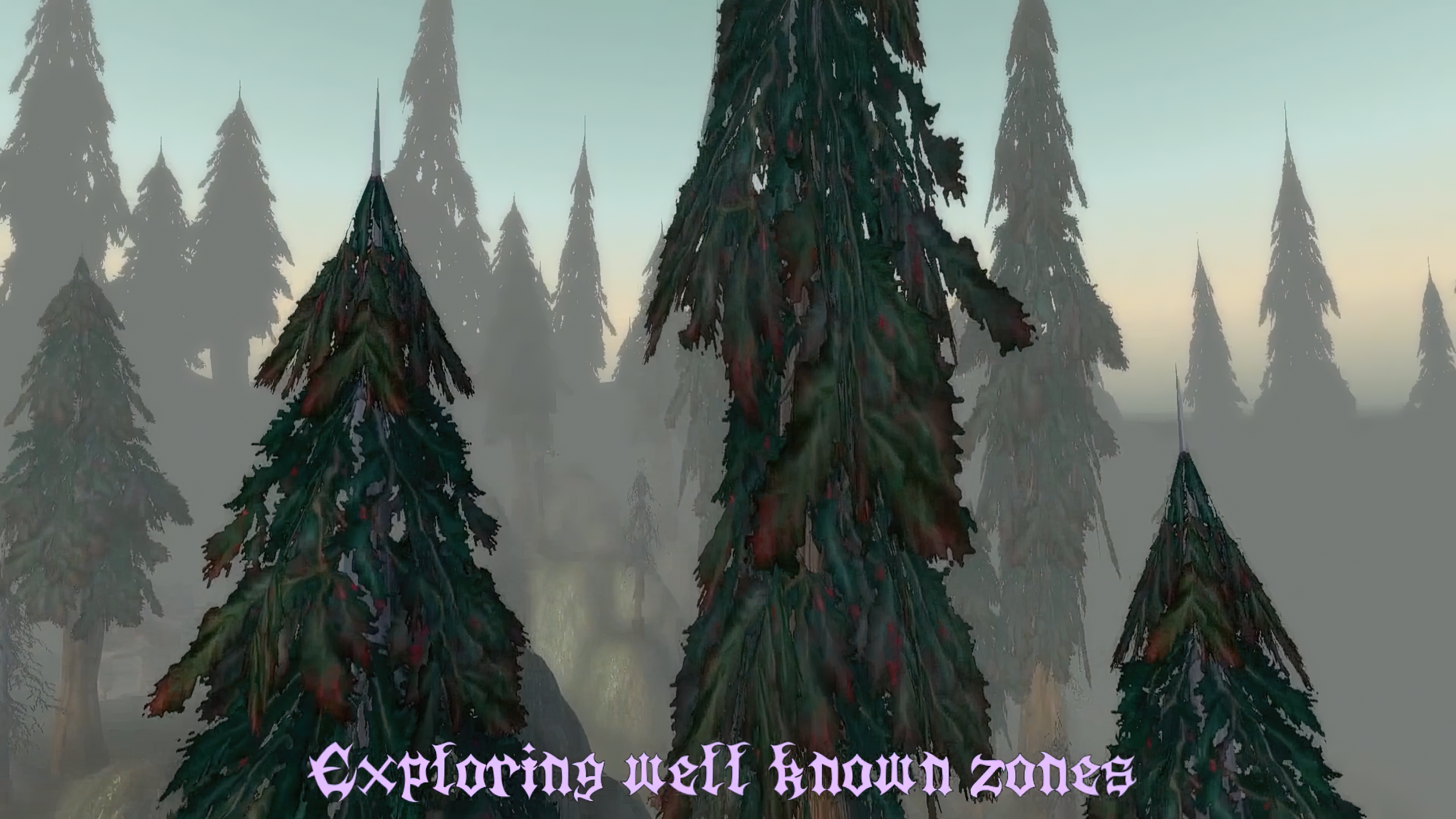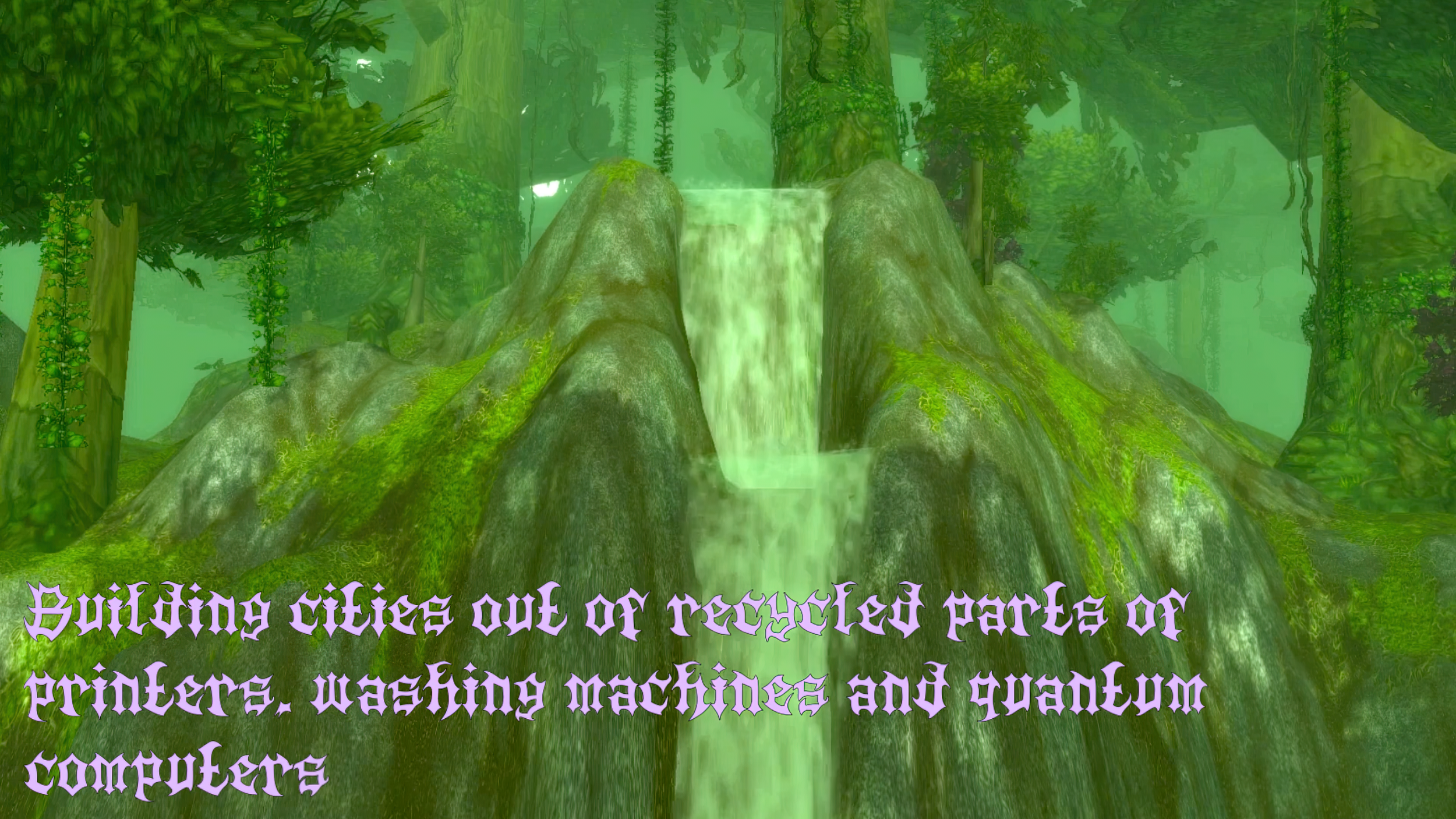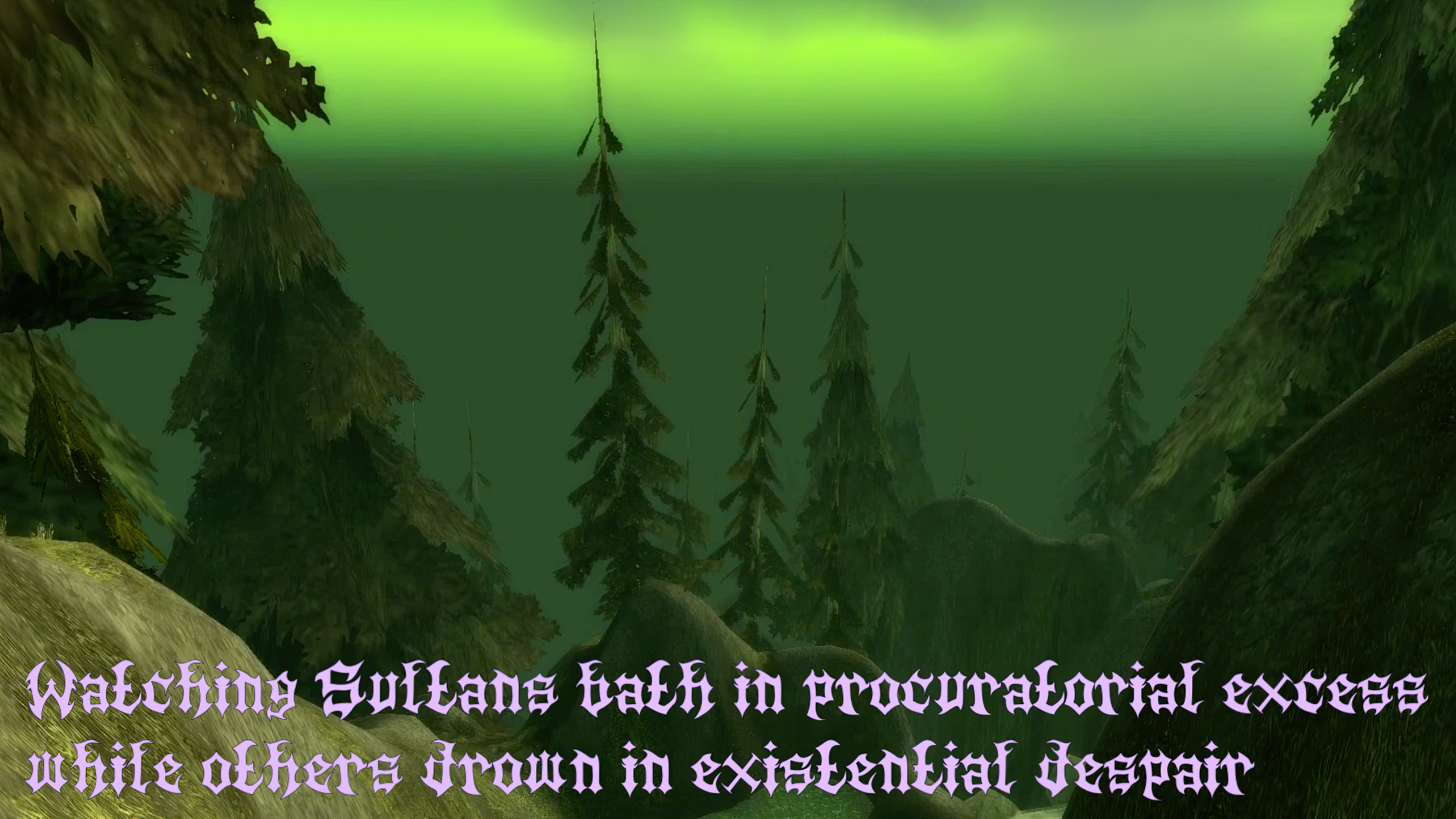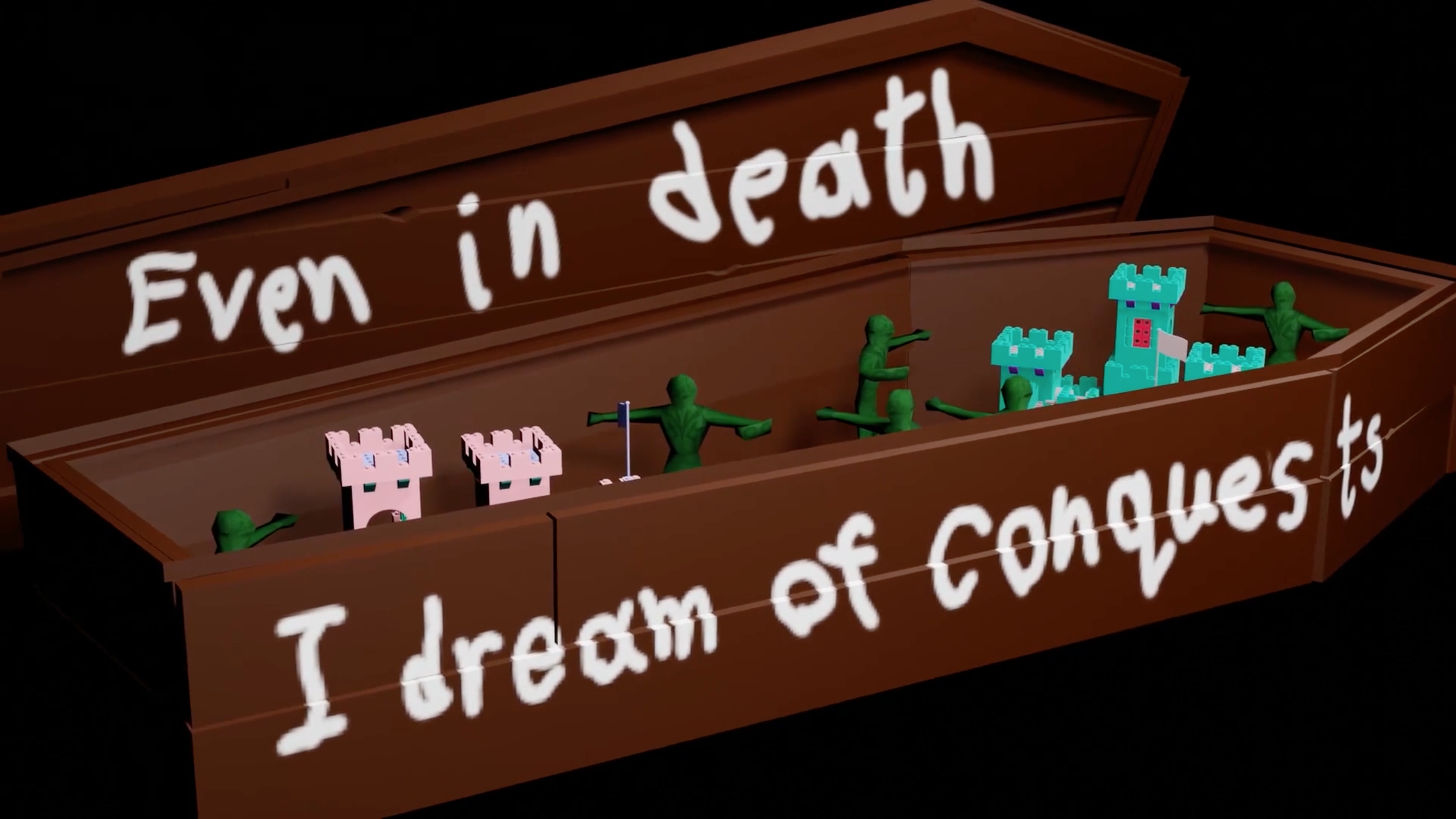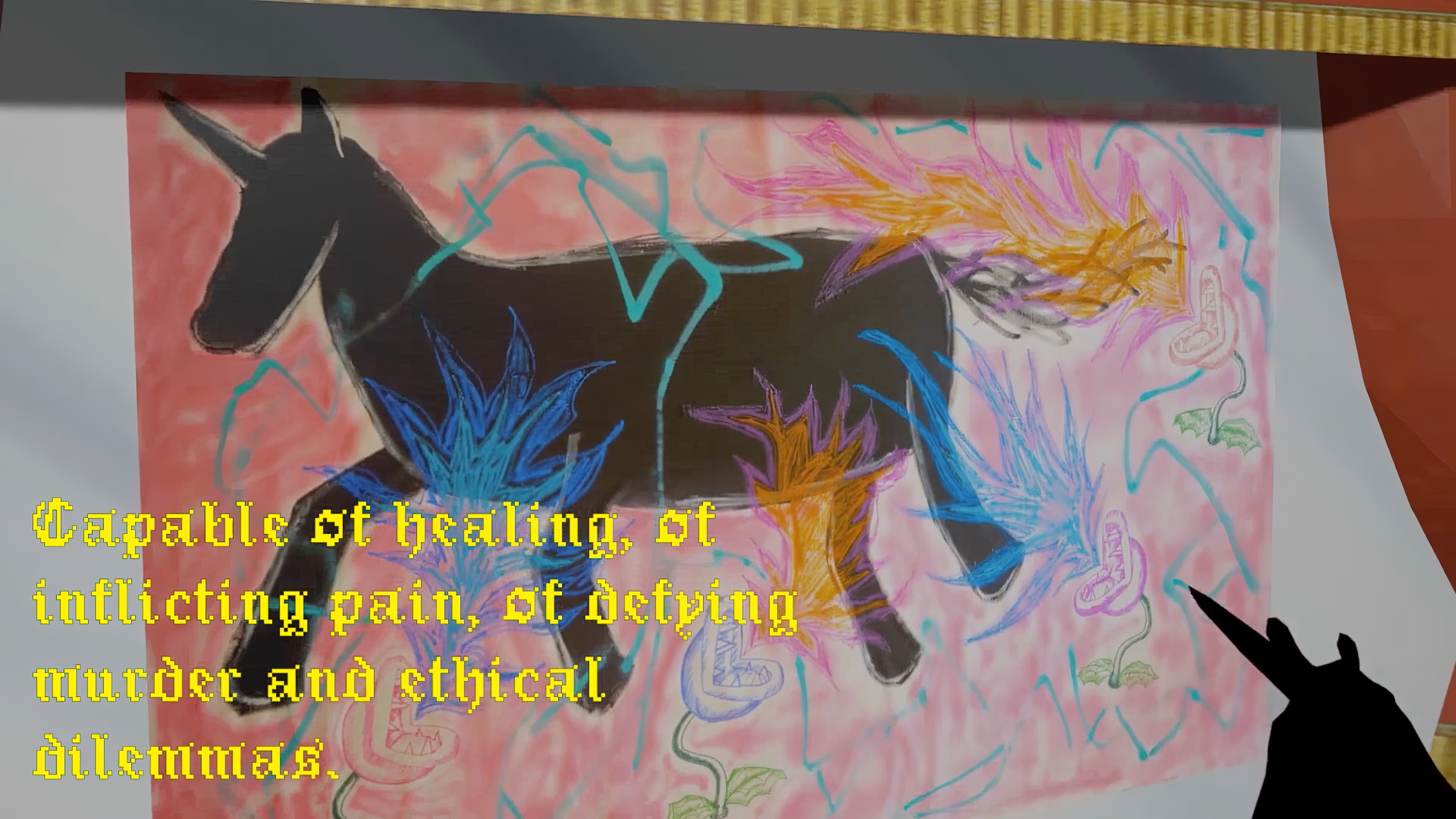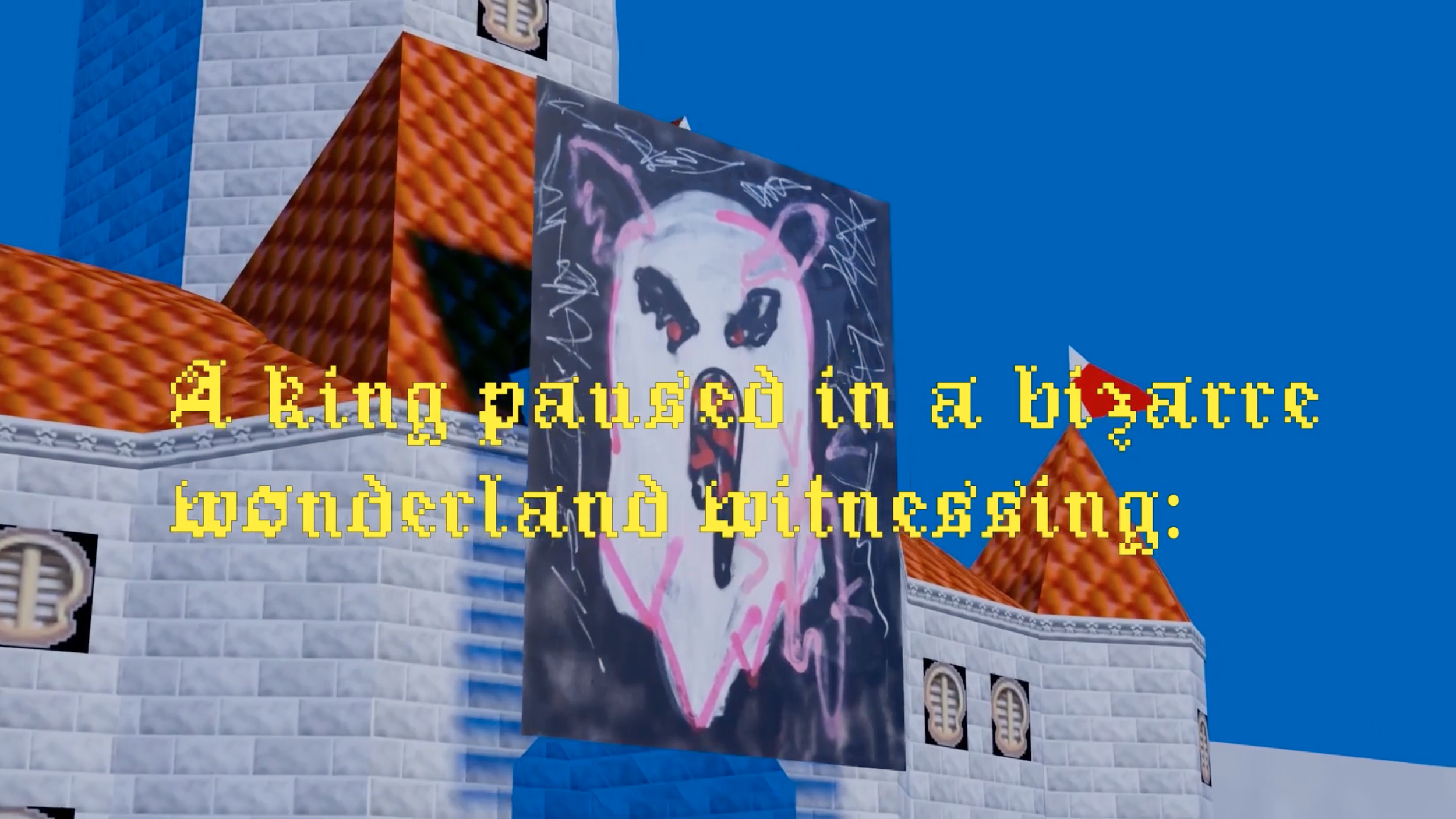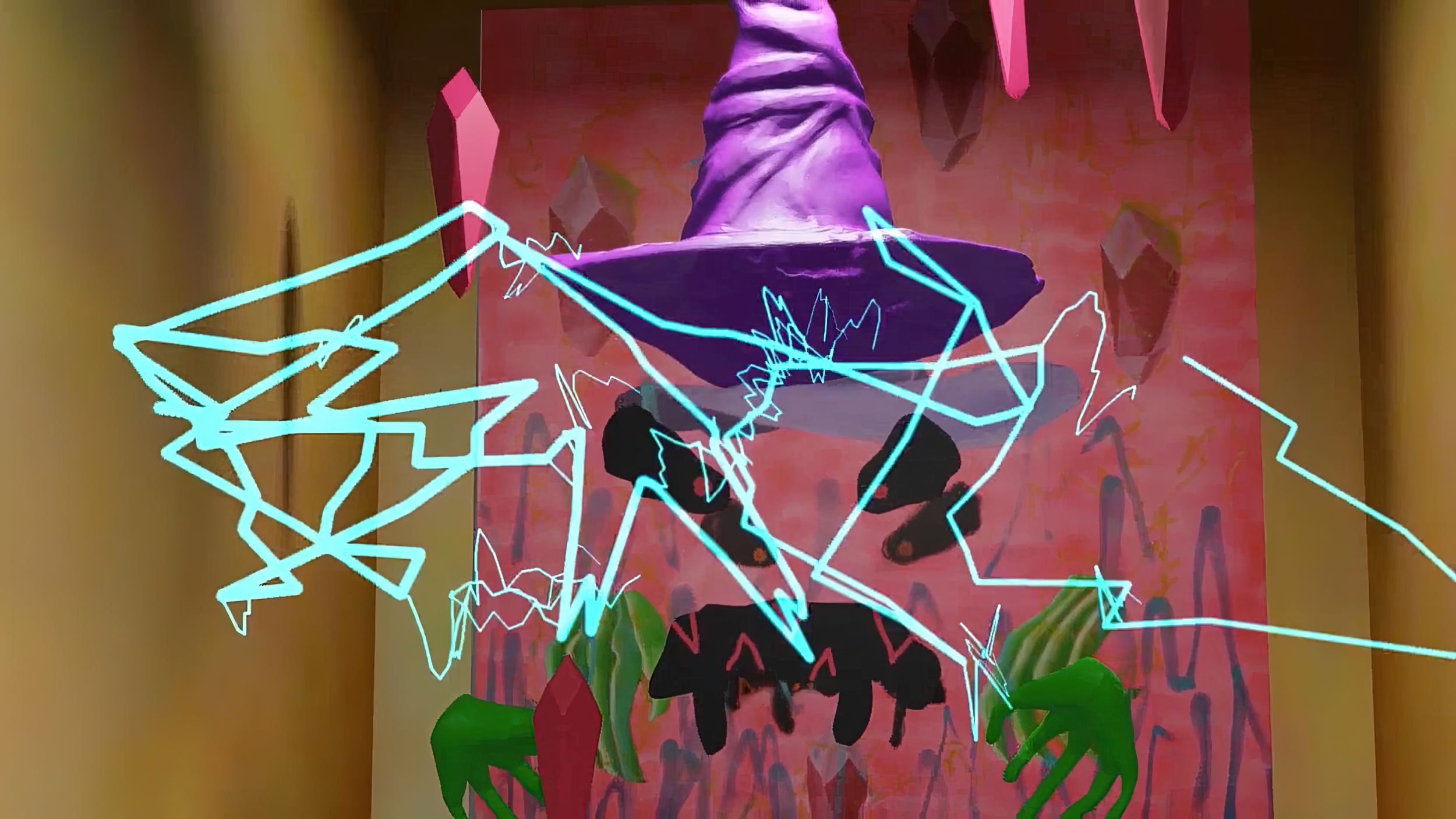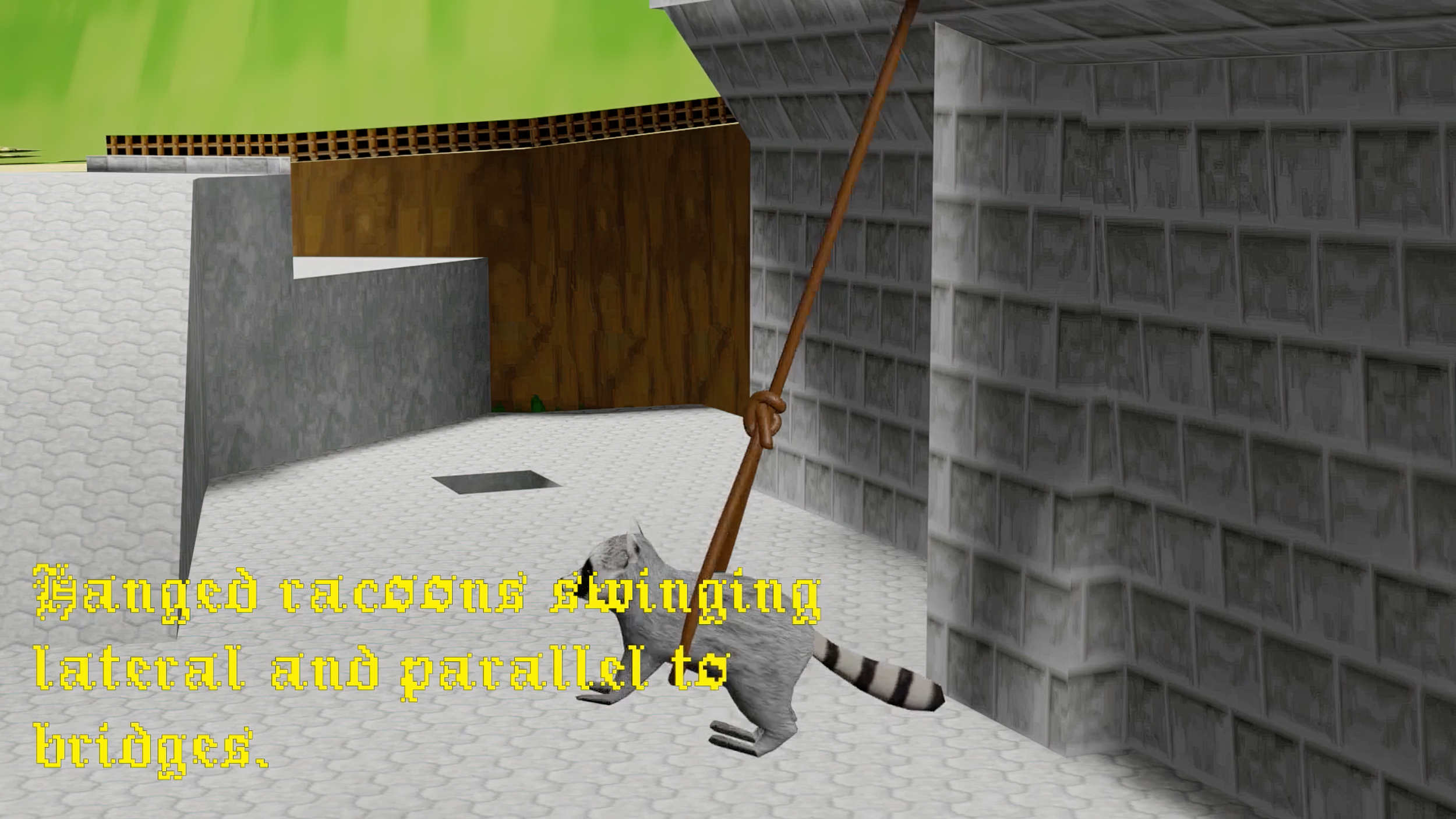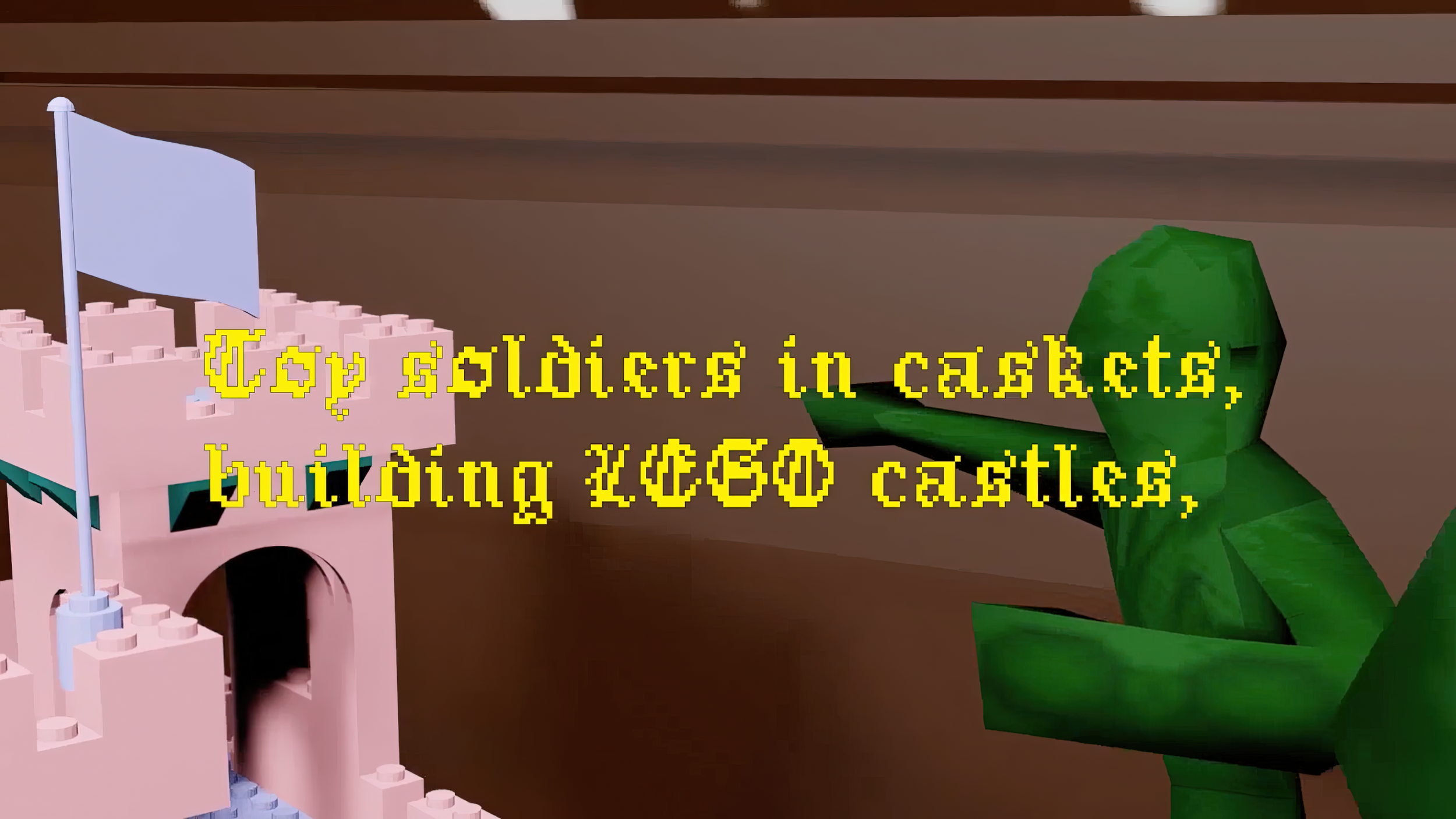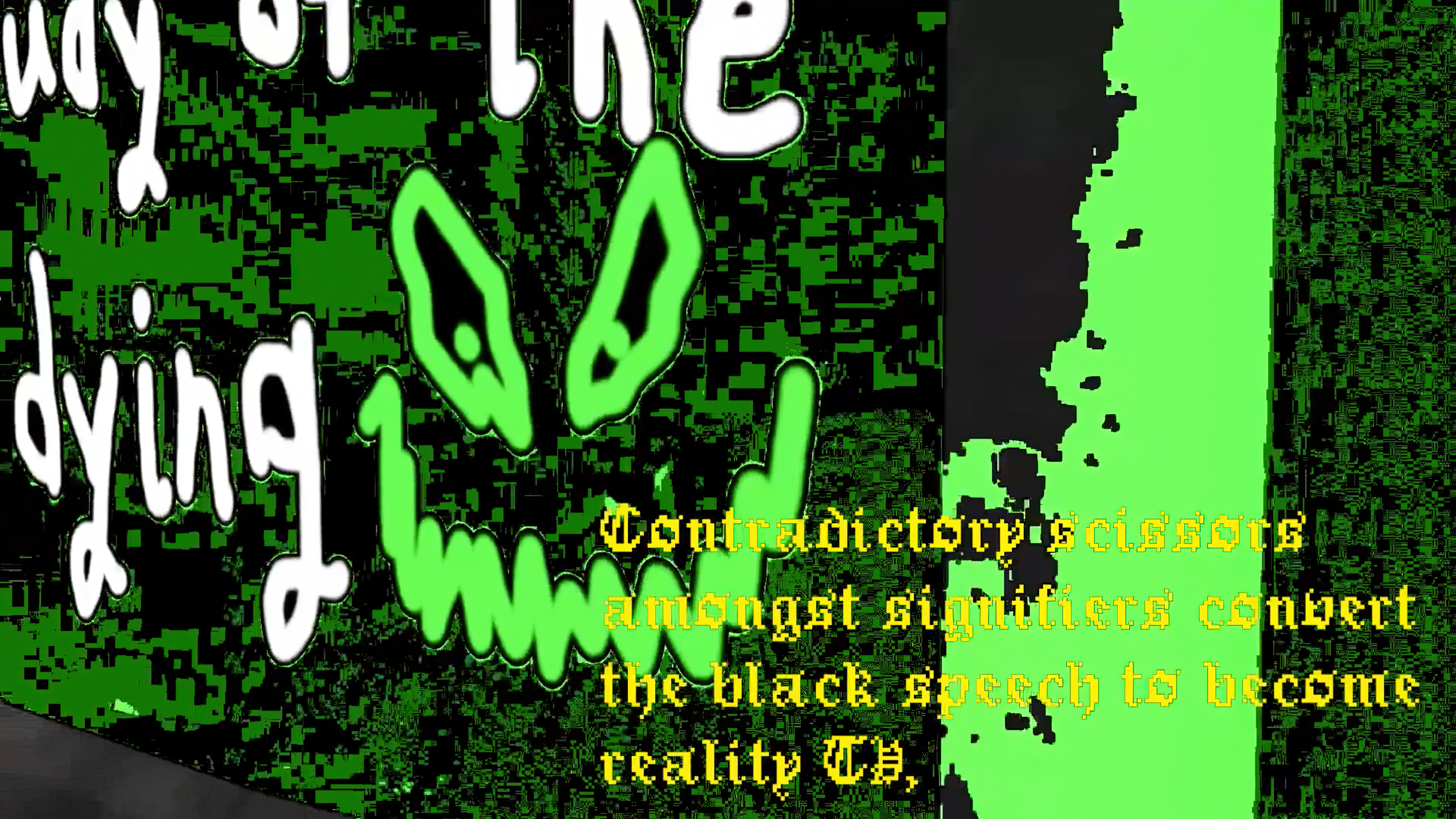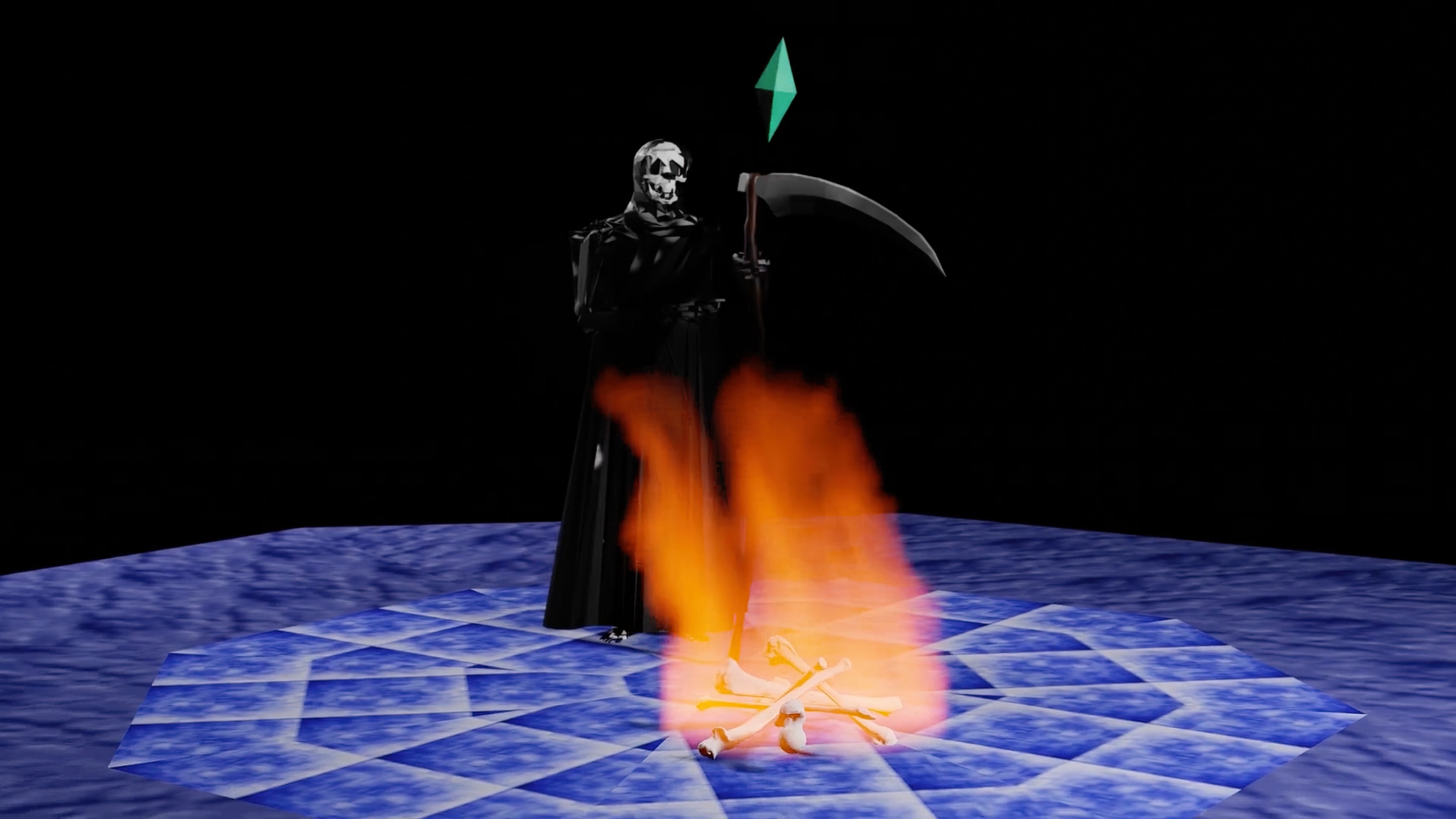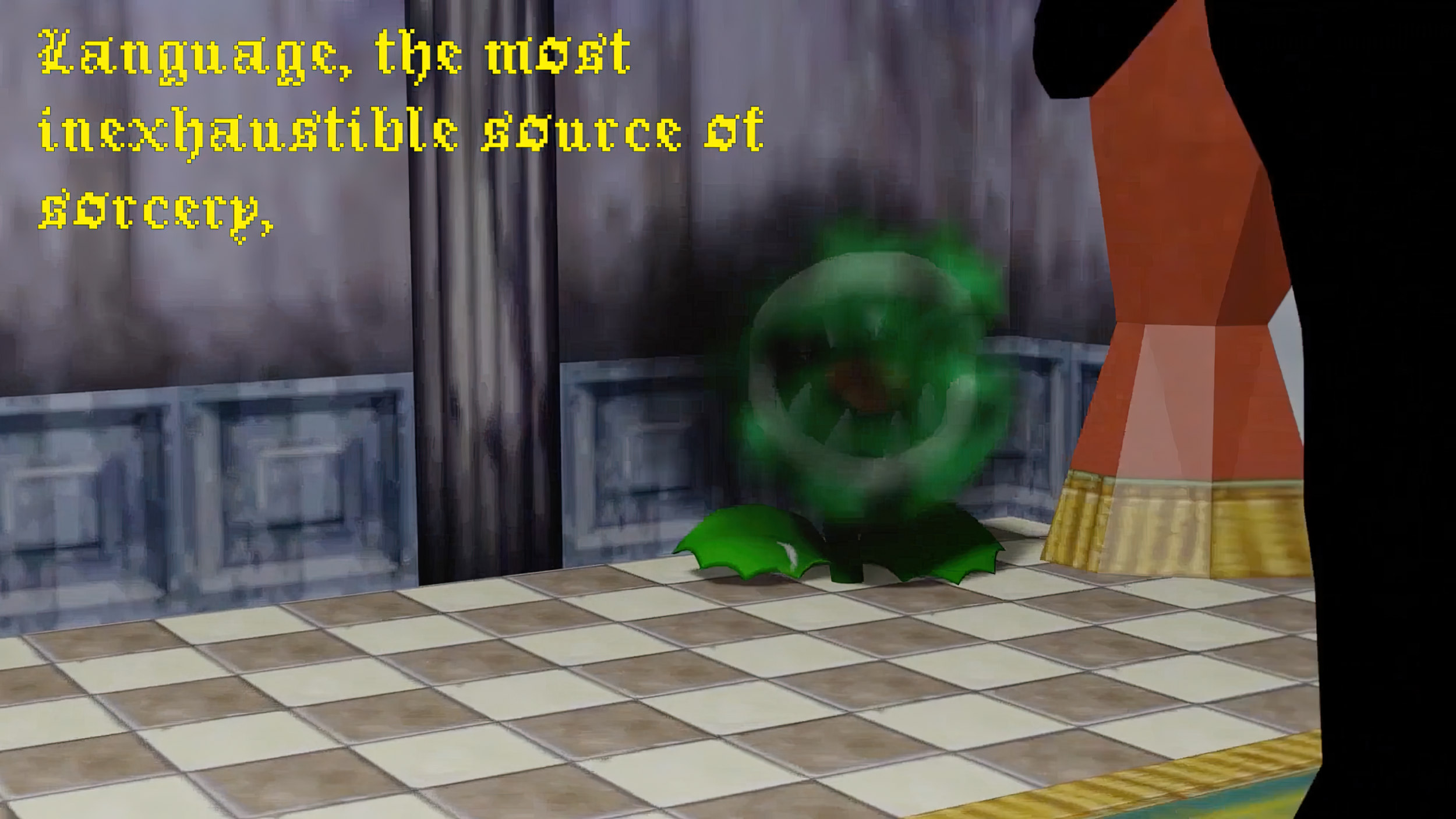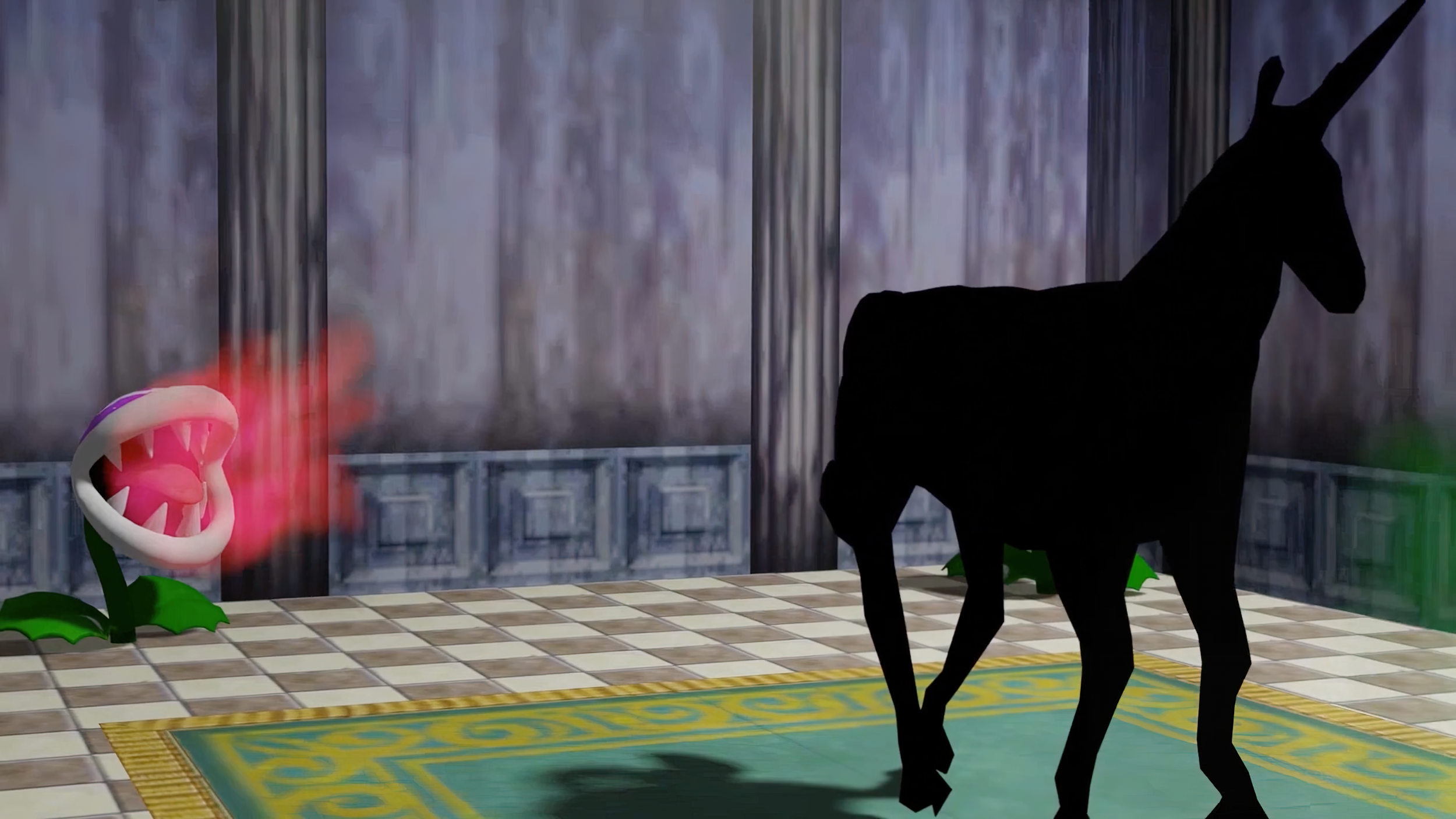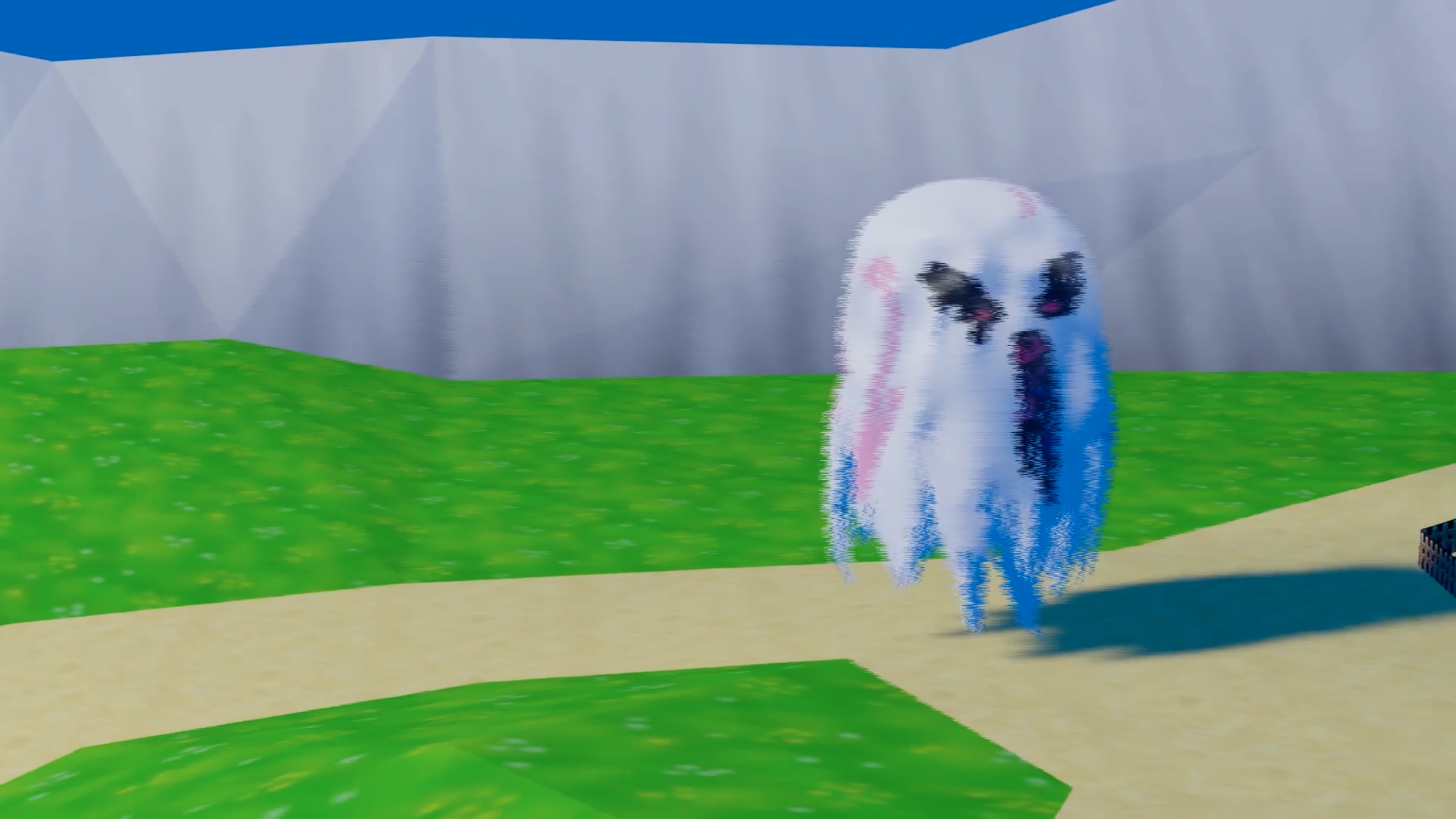We are very happy to announce that VRAL is officially sponsoring Babak Ahteshamipour's new pop-up show at Okay Initiative Space in Athens, Greece to accompany the launch of his new album Violent Violins Exposed.
Ahteshamipour is introducing three new machinima and presenting stills, characters and 3D models from different video games and media franchises such as Optimus Prime (Transformers) and Sweet Tooth (Twisted Metal) printed on fabric. The event will unfold between April 11-14 in the Greek capital. VRAL is a sponsor alongside und. athens.
Read the full press release below:
Violent Violins Exposed is a pop-up show & live performance curated by Okay Initiative Space as a presentation of Babak Ahteshamipour’s same titled album released on the cassette label Jollies (Brooklyn, NYC) on the 3rd of April of 2024. The show is a gamified exploration of blackened dreams, despair and violence woven by accelerating technocapitalism, parallelized with the accelerating tendencies of cars, screeching tires, roaring engines and militarized machines, as a haunting reminder of the collateral damage wrought by technological hubris. It seeks to unravel the interconnectedness between technological singularity, cybernetic warfare, environmental degradation, waste and pollution, from extractivist activities fueling geopolitical conflicts to the fetishized pursuit of capitalist immortality.
Tires have the potential of being representative candidates of accelerating technocapitalism: they are rapidly and massively produced, consisting mostly of synthetic rubber — which is synthesized from petroleum byproducts — and carbon black filler produced by burning fossil fuels. After their lifespan is over they are either dumped in landfills or recycled through grinding or burning — a practice that is highly pollutant. As Lesley Stern writes in A Garden or A Grave? (2017) Regarding landfills filled with tires in the San Diego – Tijuana region “Heidegger predicted: when the tool breaks, you notice its thingness — though the tire in Heideggerian terms is not a thing, lovingly handcrafted; it is a mass-produced and ugly object.”
The show unfolds in an immersive audiovisual installation based on the three video clips created via video games that focus on vehicles, racing, machines and combat: Twisted Metal: Black (2001), Need for Speed: Carbon (2006) and Transformers (2004) — in combination with 3D animation. The video clips were created for the album's three singles, and the installation includes four fabric prints featuring characters from the aforementioned video games as well as Xenoblade Chronicles.
The walls of the room are adorned with quotes that echo the undead dogmatism of Lady Deathwhisper and the scourge from World of Warcraft: The Wrath of the Lich King and the machinist desires of Magos Dominus Reditus from Warhammer 40,000. These quotes serve as reflections on the transhumanist tendencies of accelerationism that align with technological singularity: “Our combined decay-phobia and techno-heroic fantasies keep our imaginations trapped in the spinning haze of the monotechnological, accelerationist narrative. There is a persistent and maniacal desire for limitless production and production without decay.”, as Shuyi Cao and Remina Greenfield underline in Soft Rot, Sweet Rot, Bitter Rot: The Politics of Decay, published in Heichi Magazine (2021).
Violent Violins Exposed eventually serves as a catalyst for contemplation, urging towards a revaluation on the automated nihilism that mainstream discourses passively impose and the escapist memefied extremist online ideologies that emerge in response to the face of technological singularity and accelerationism. It beckons for a reconsideration of a symbiotic and integral relationship with technology that is empathy driven rather than having a divide-and-conquer strategist as a puppet master.
Watch a video clip based on the track “Machinist Auxiliaries, Needles of Needless Emphasises” featuring alternating footage of Ahteshamipour playing the video game Twisted Metal: Black and AI generated rock blasting with a text about violence/extractivism and its connections to warfare and nihilism.
Watch a video clip based on the track “When Death Parties, Everyone Shows up Dressed as a Skeleton” which features a segment showing hyper-processed footage from the 2004 Transformers video game for the PlayStation 2and another unfolding within a 3D animated eerie alien landscape with a hovering spaceship and a grotesque necromantic portal installed in the middle.

